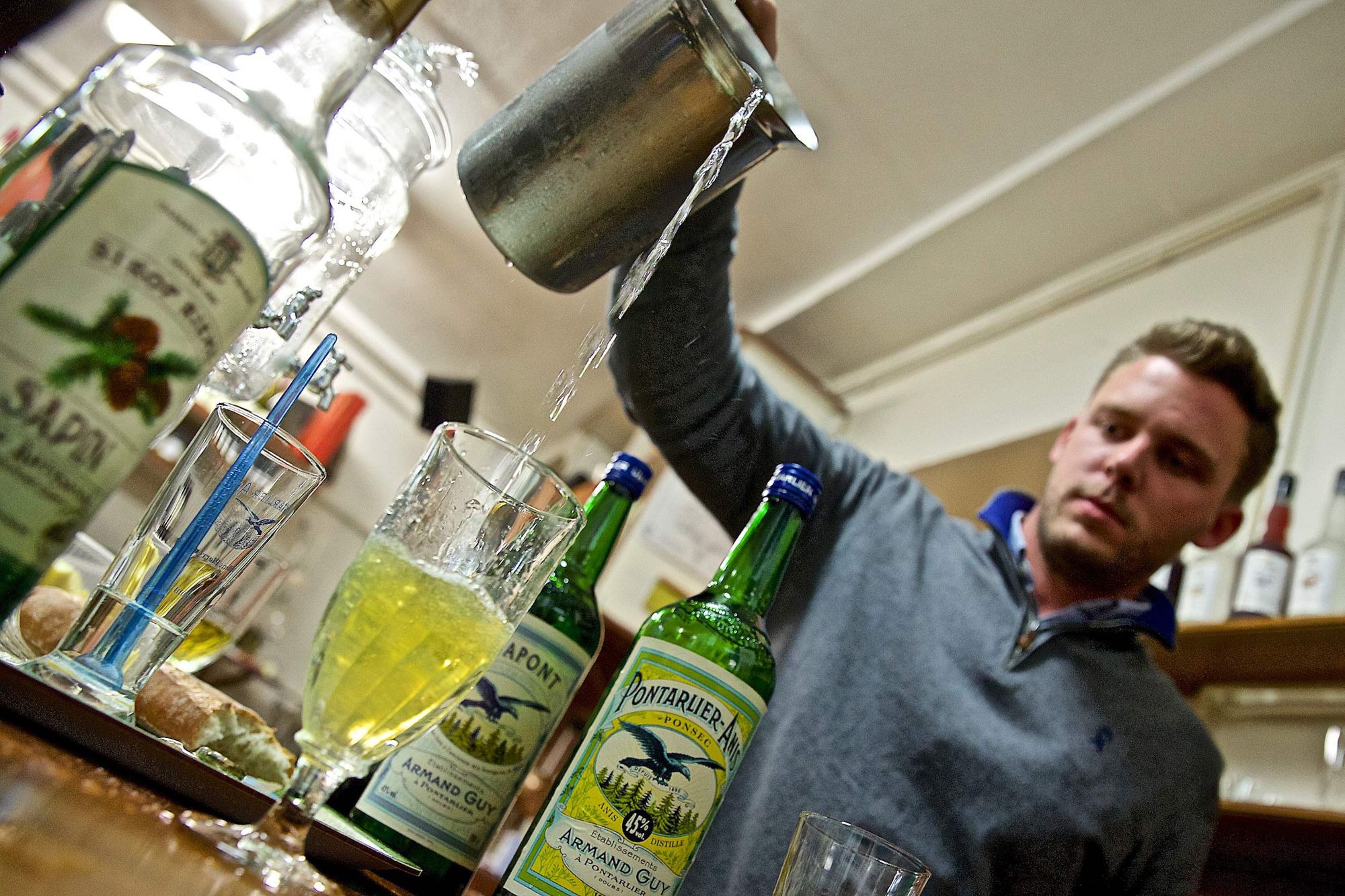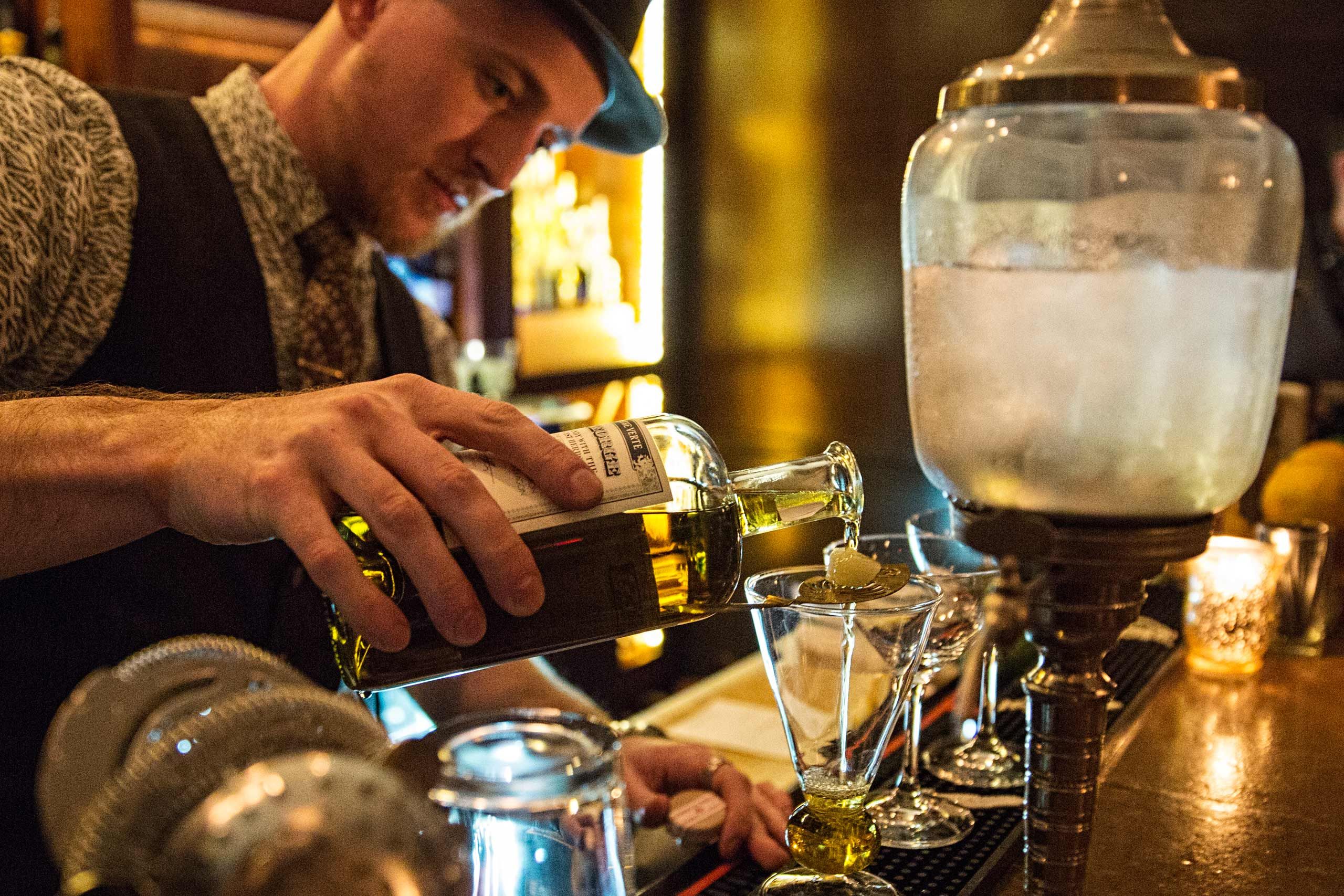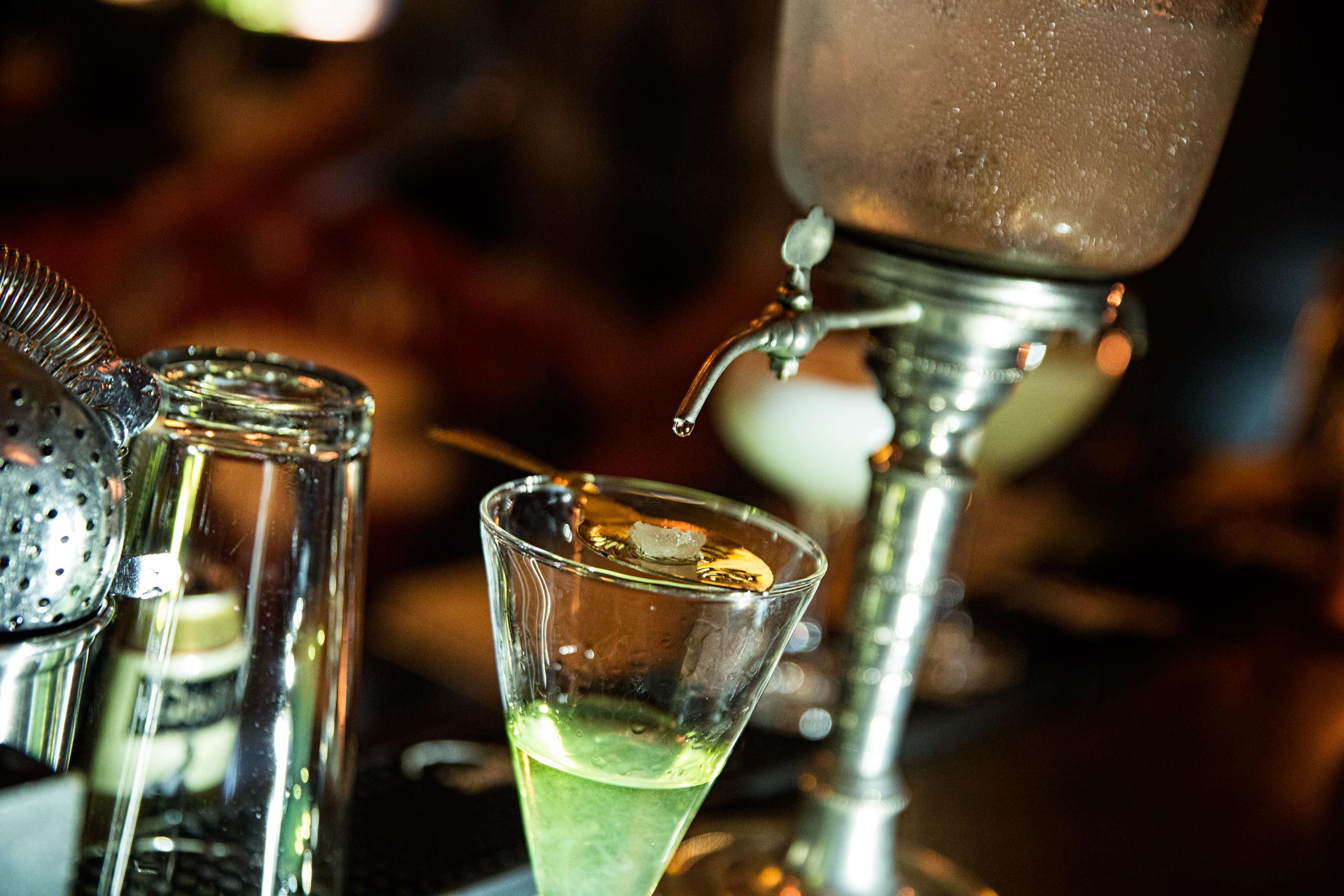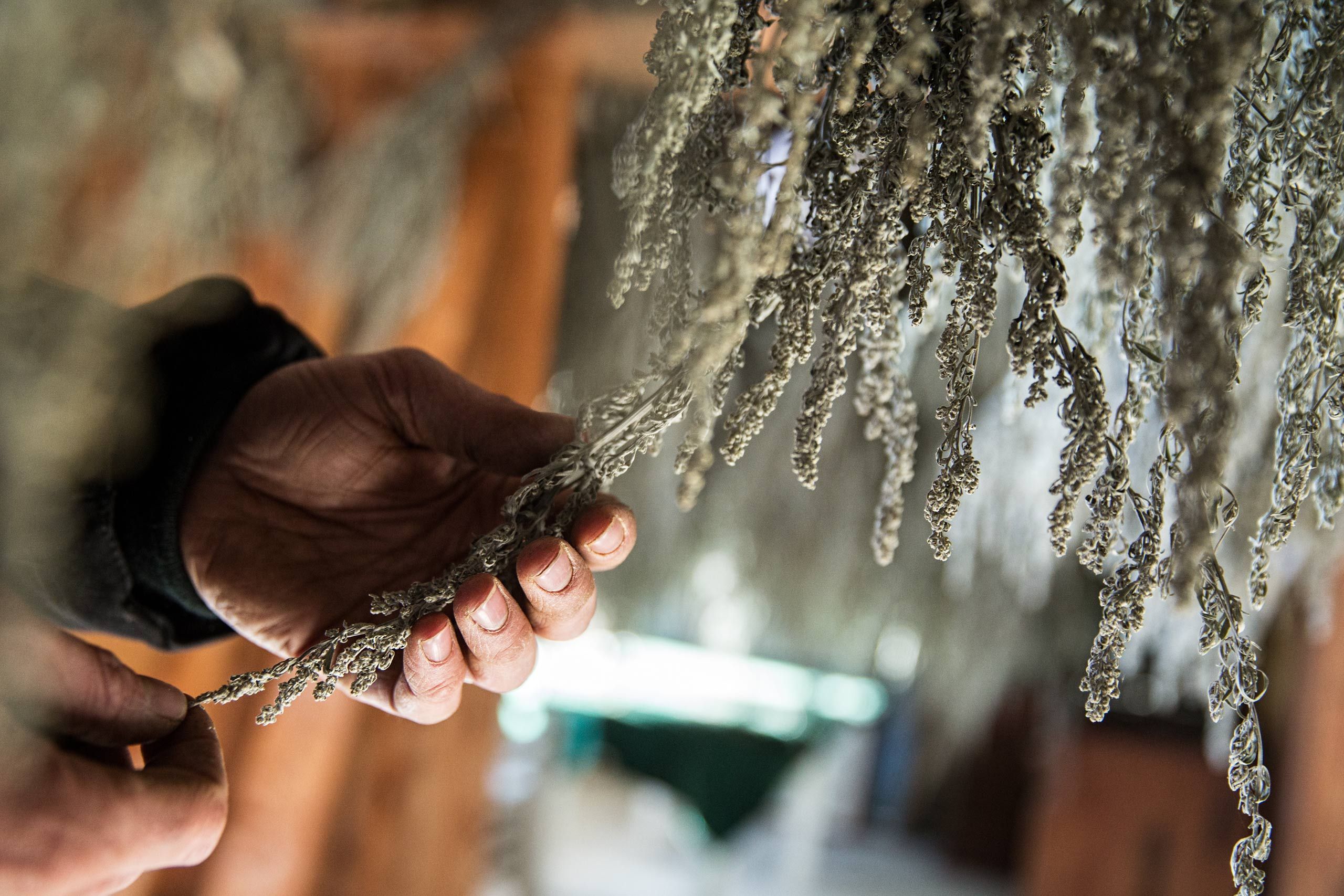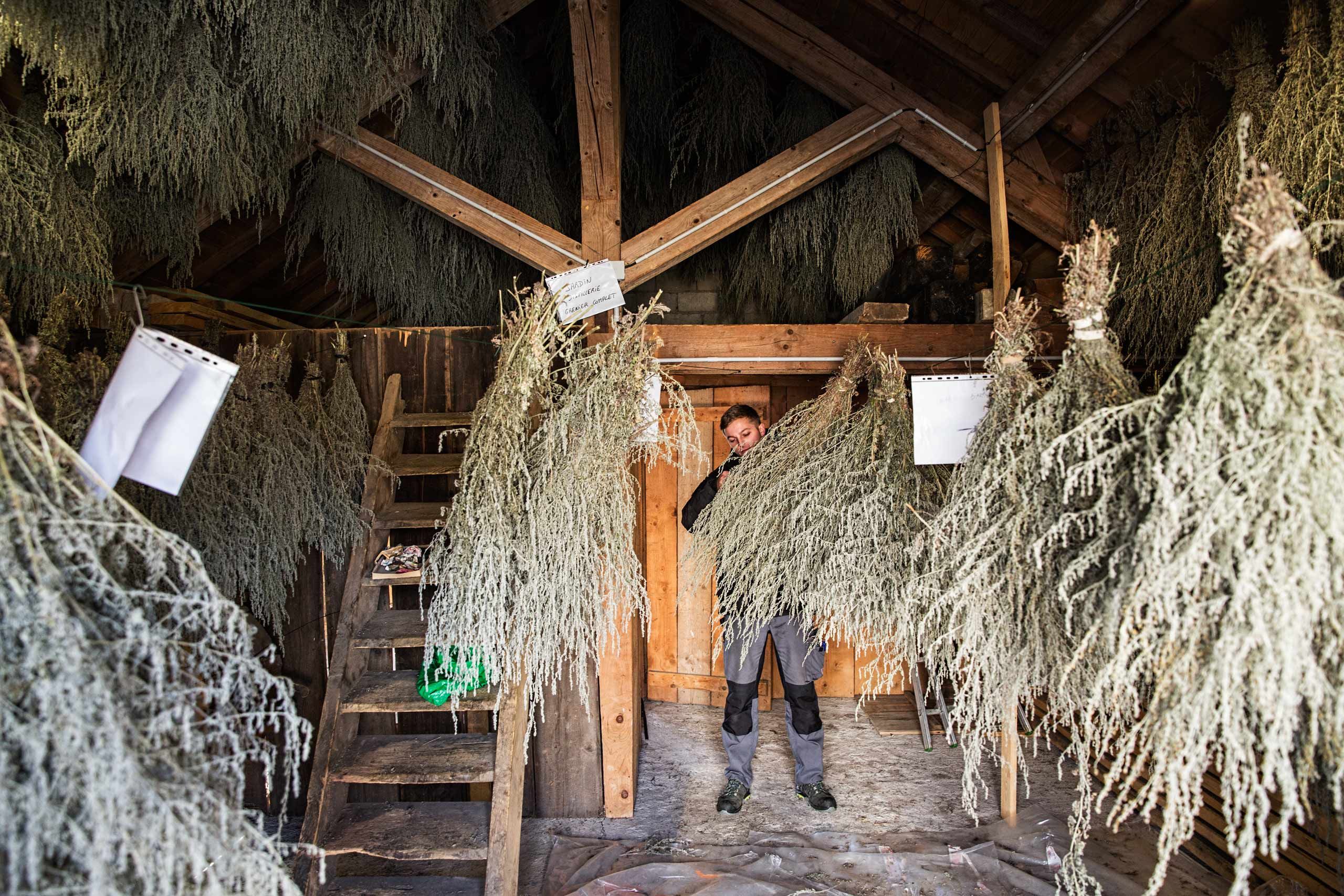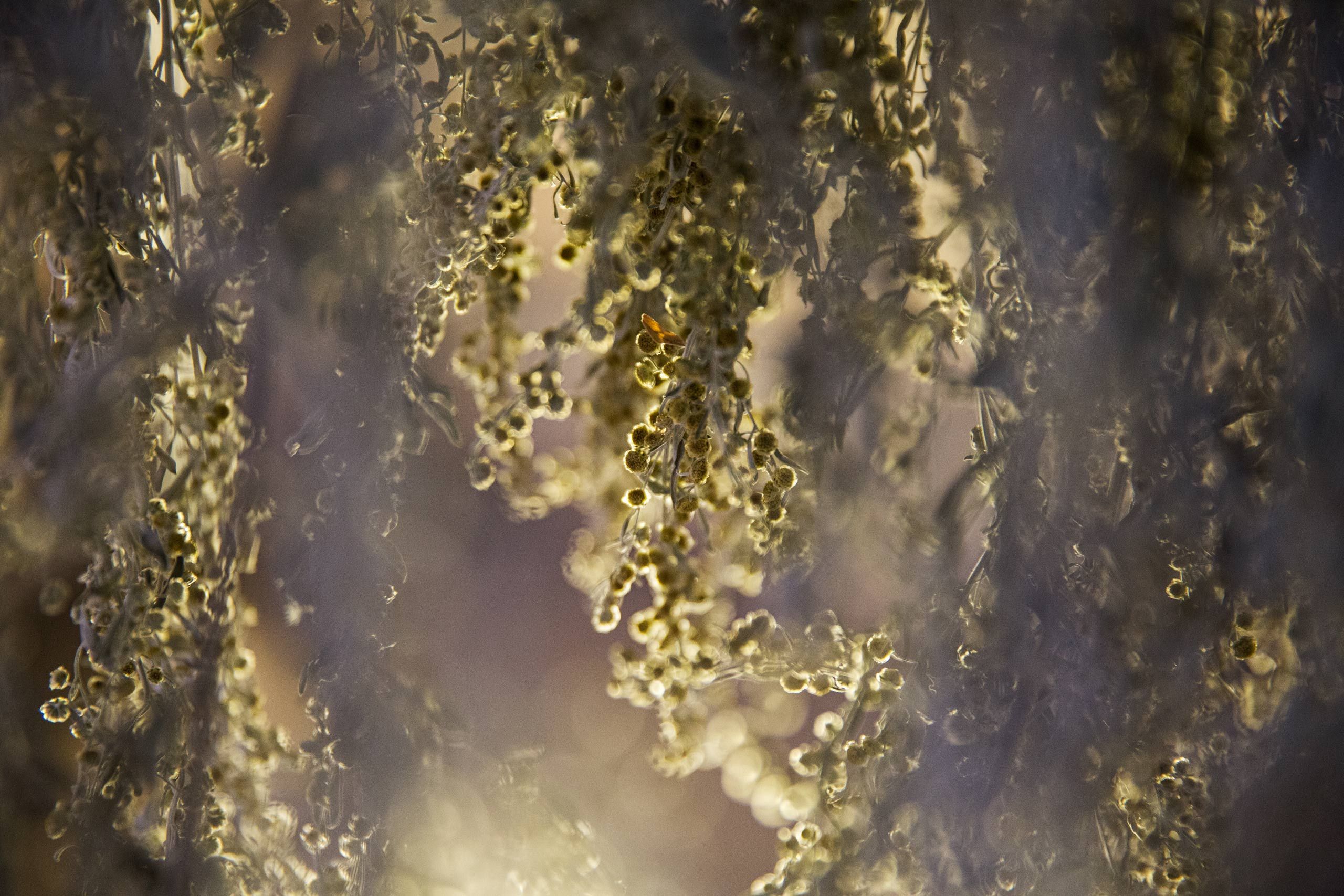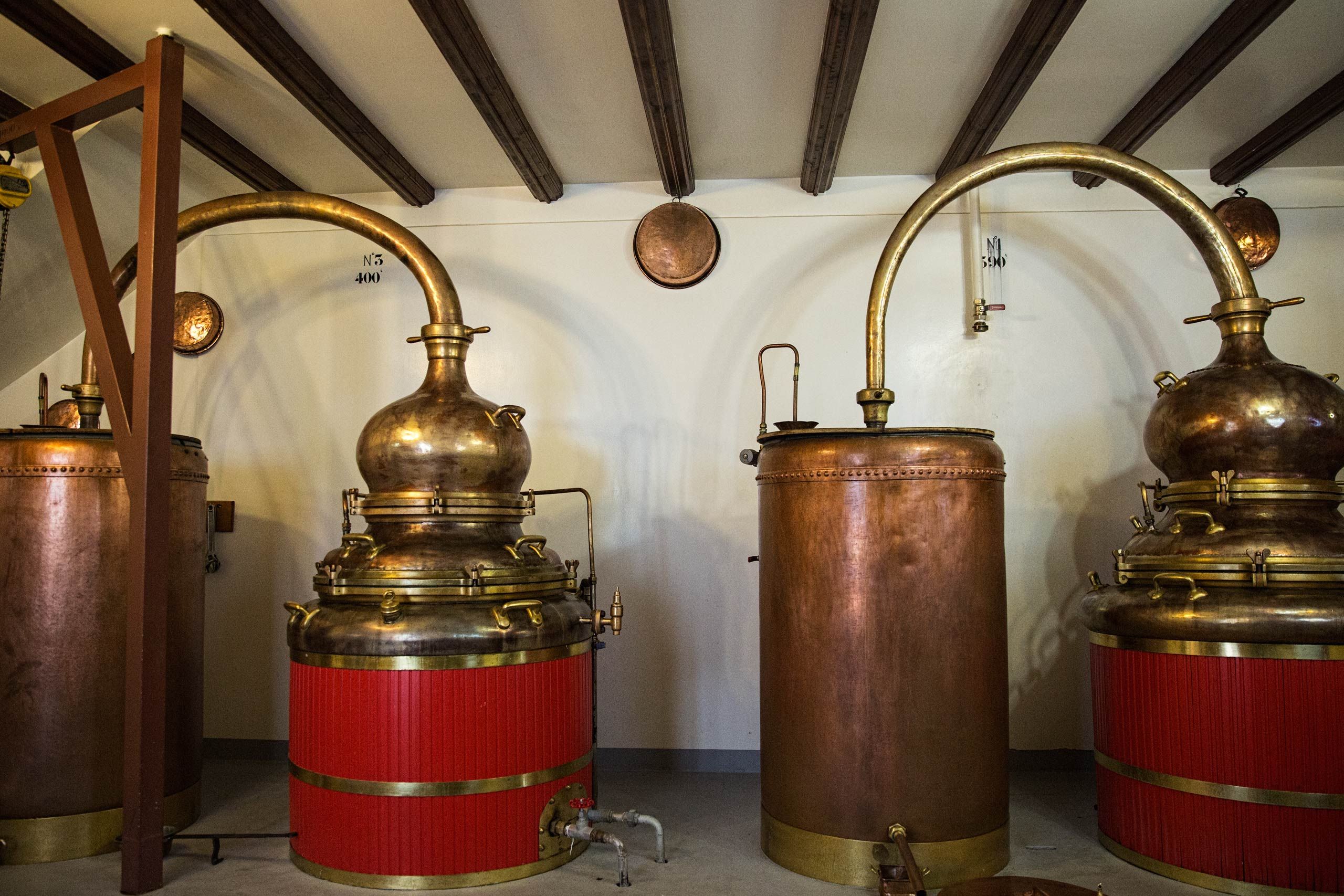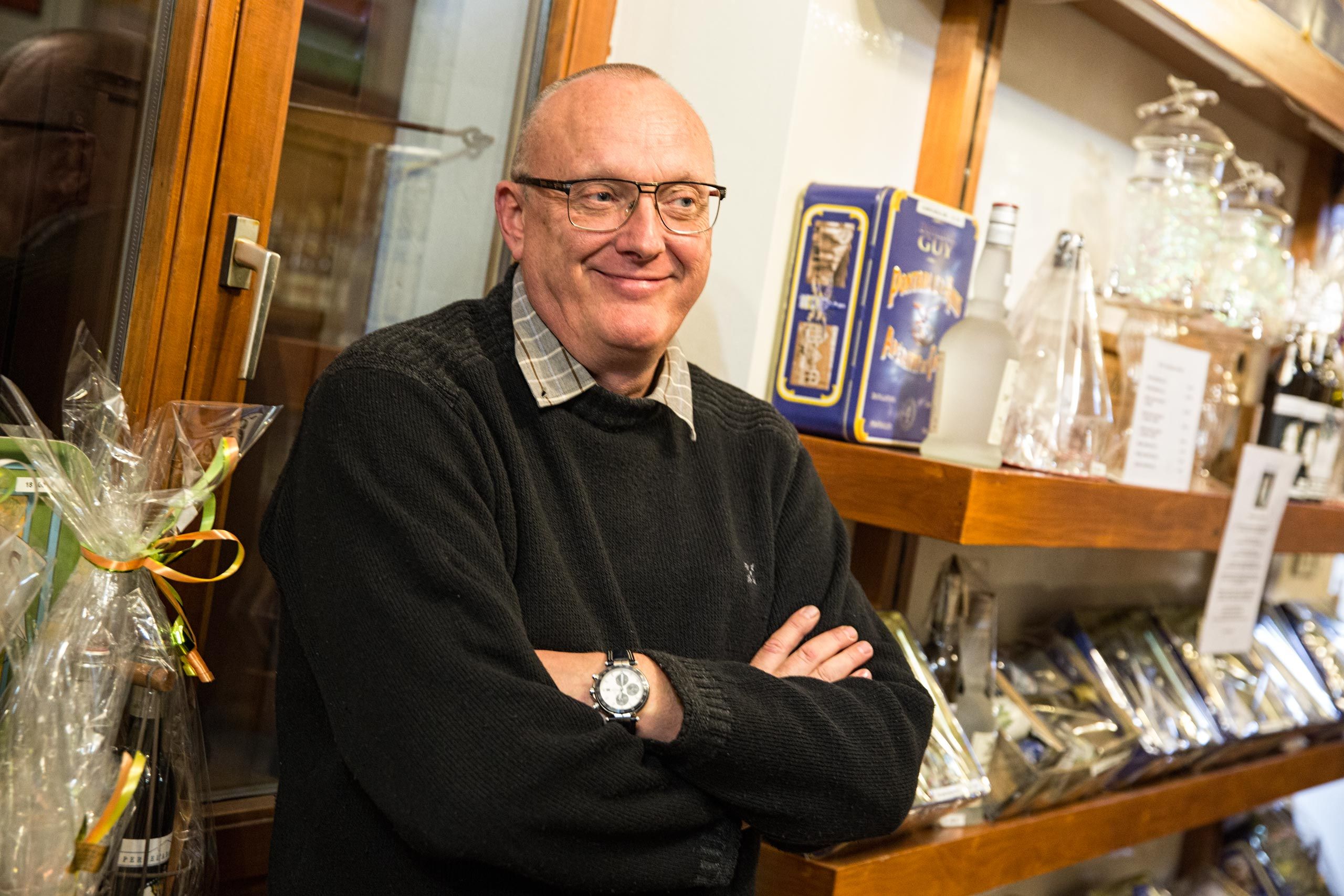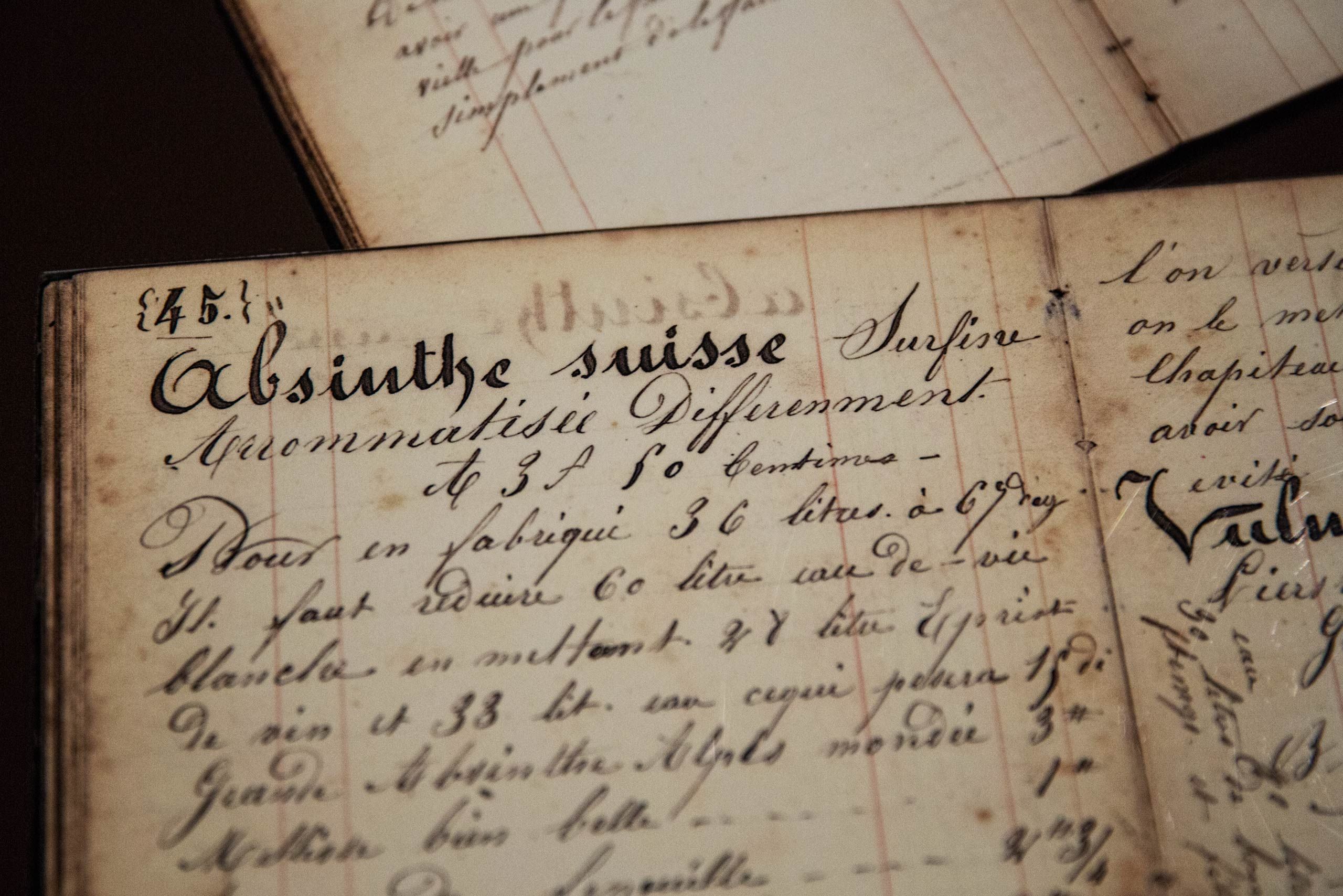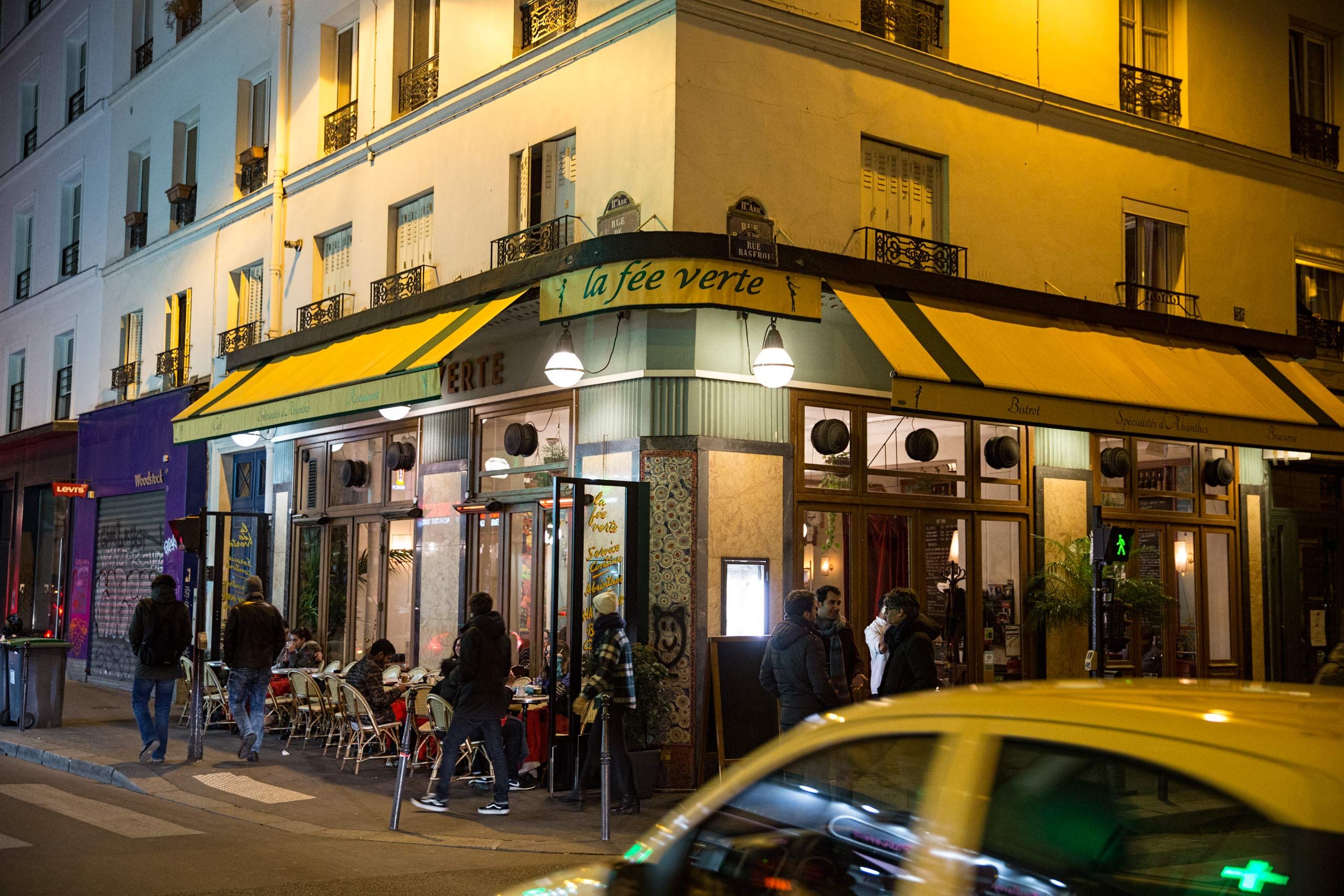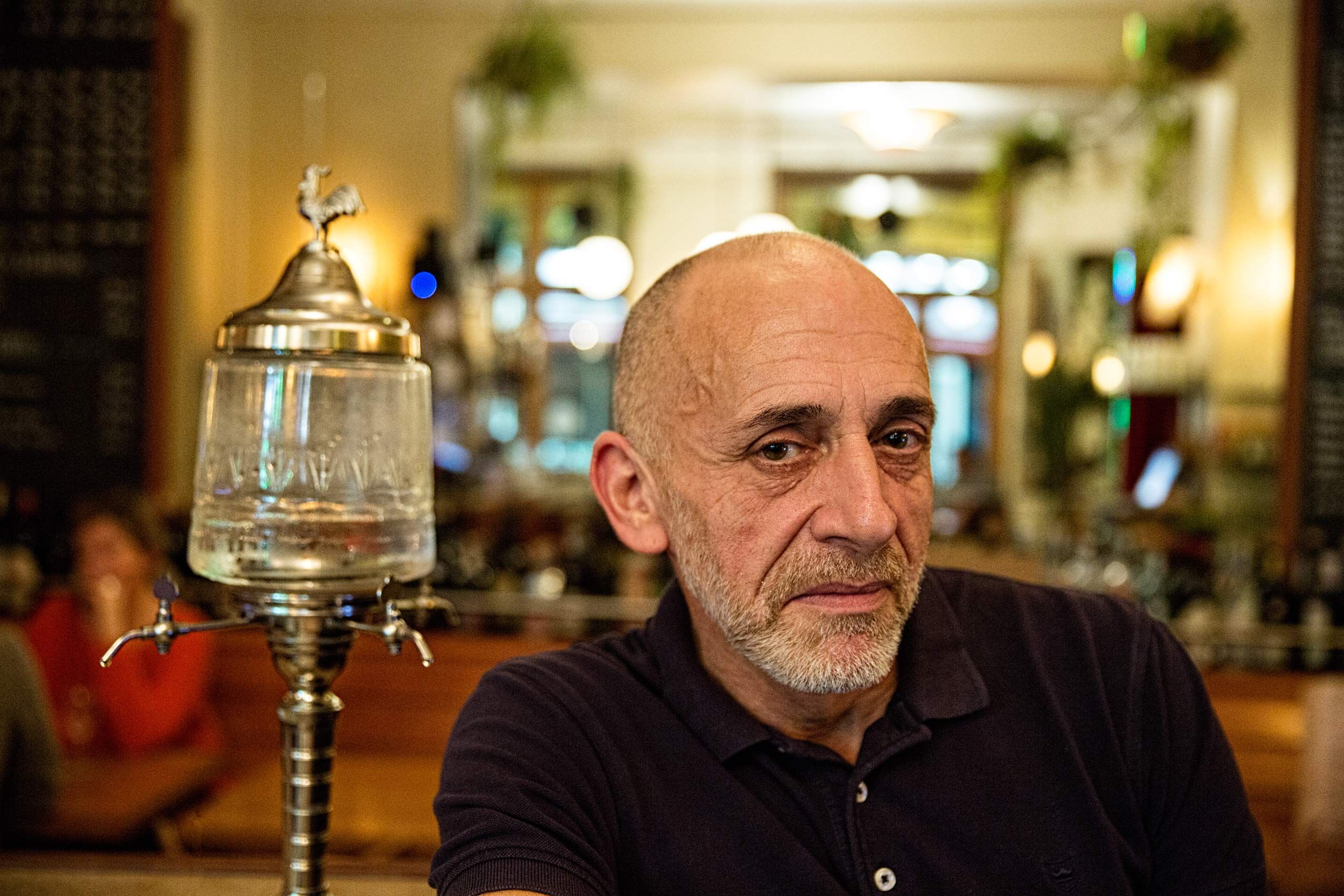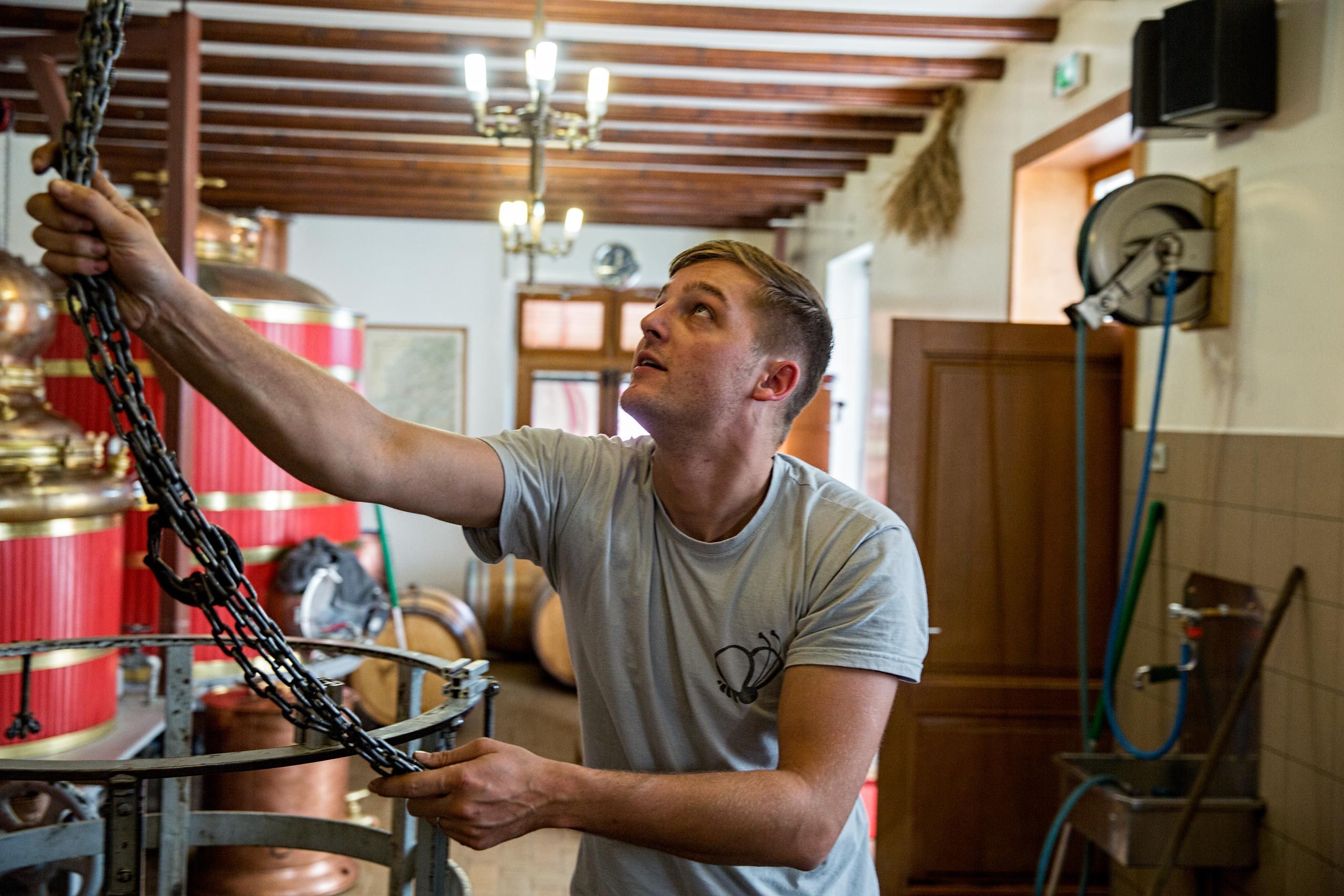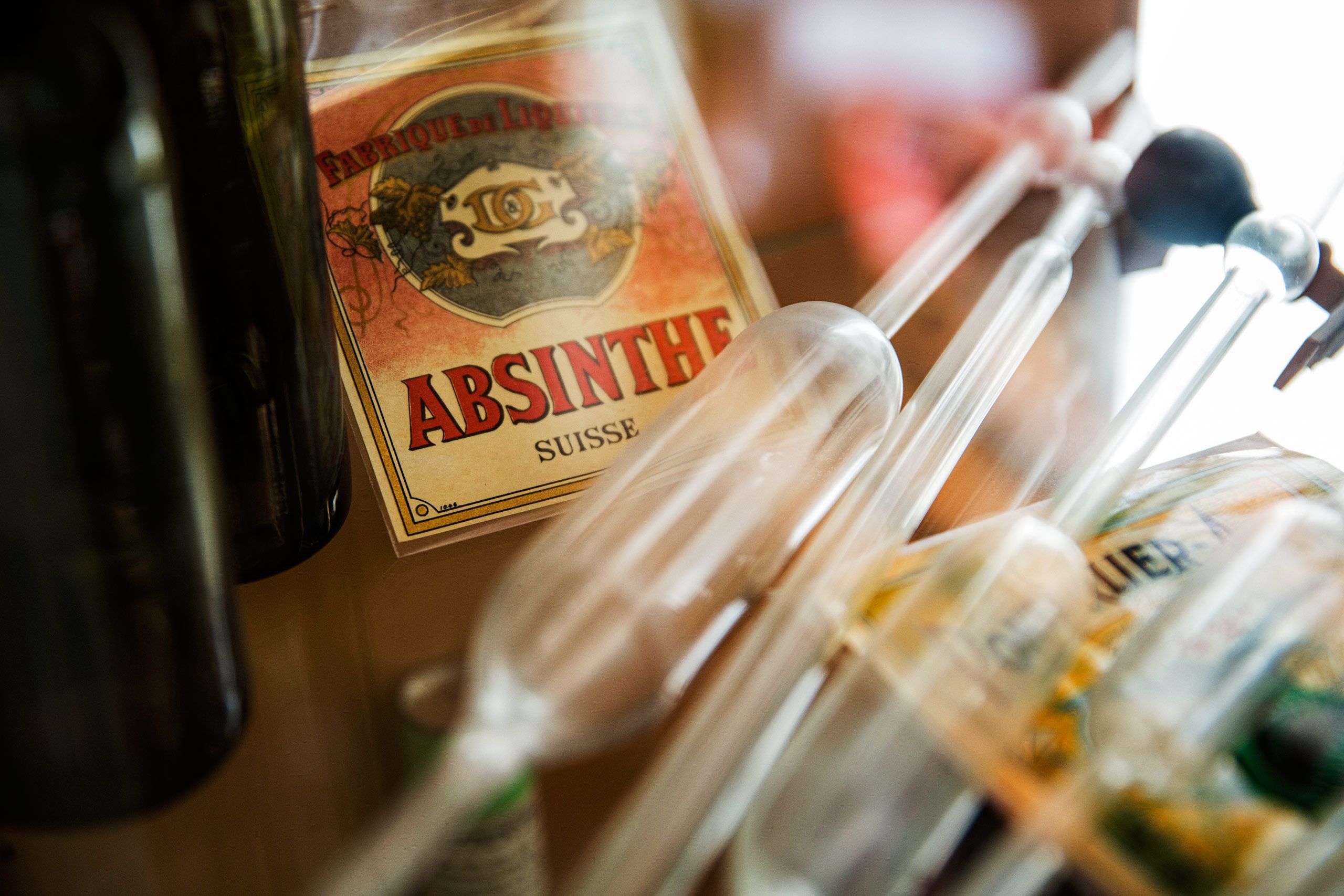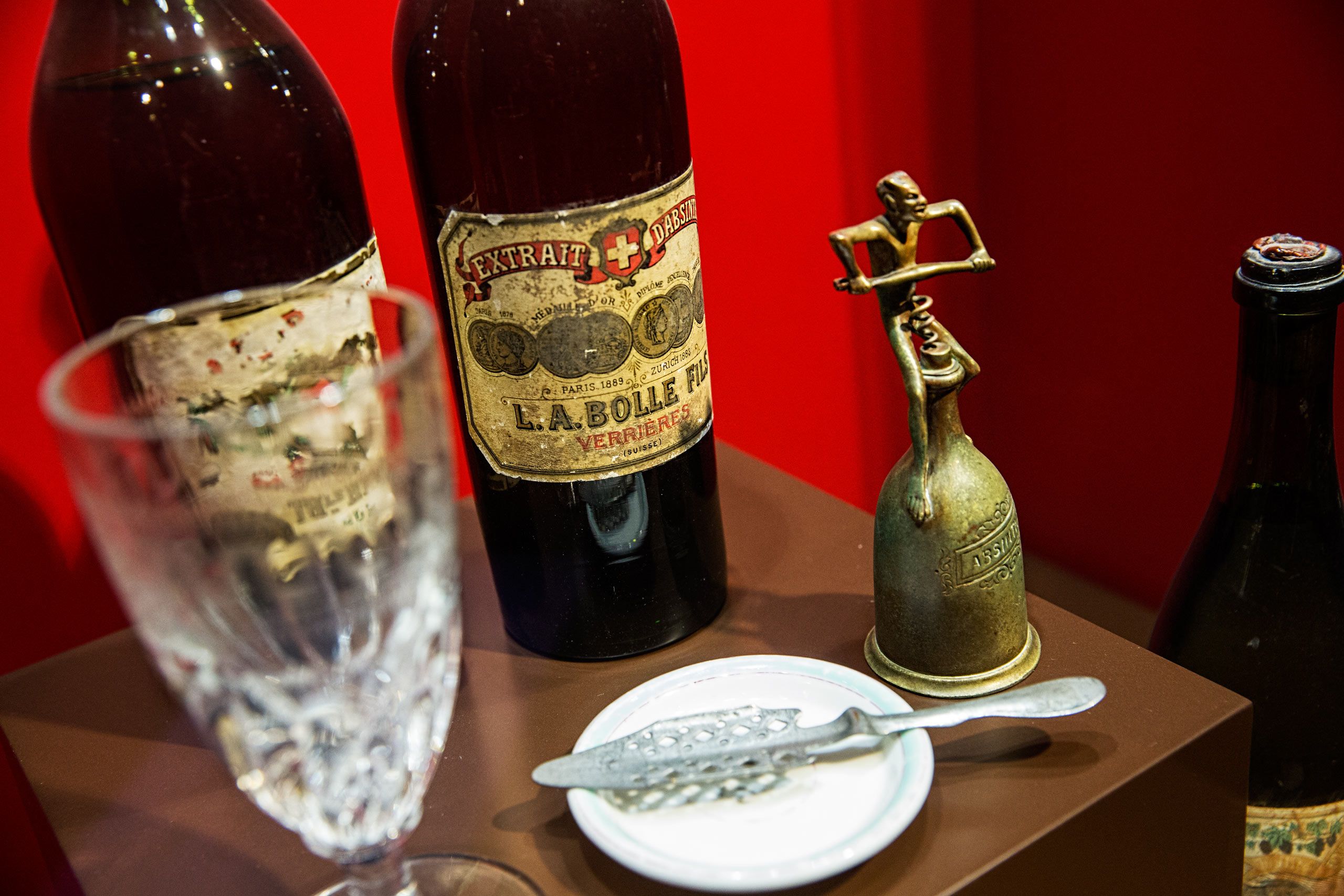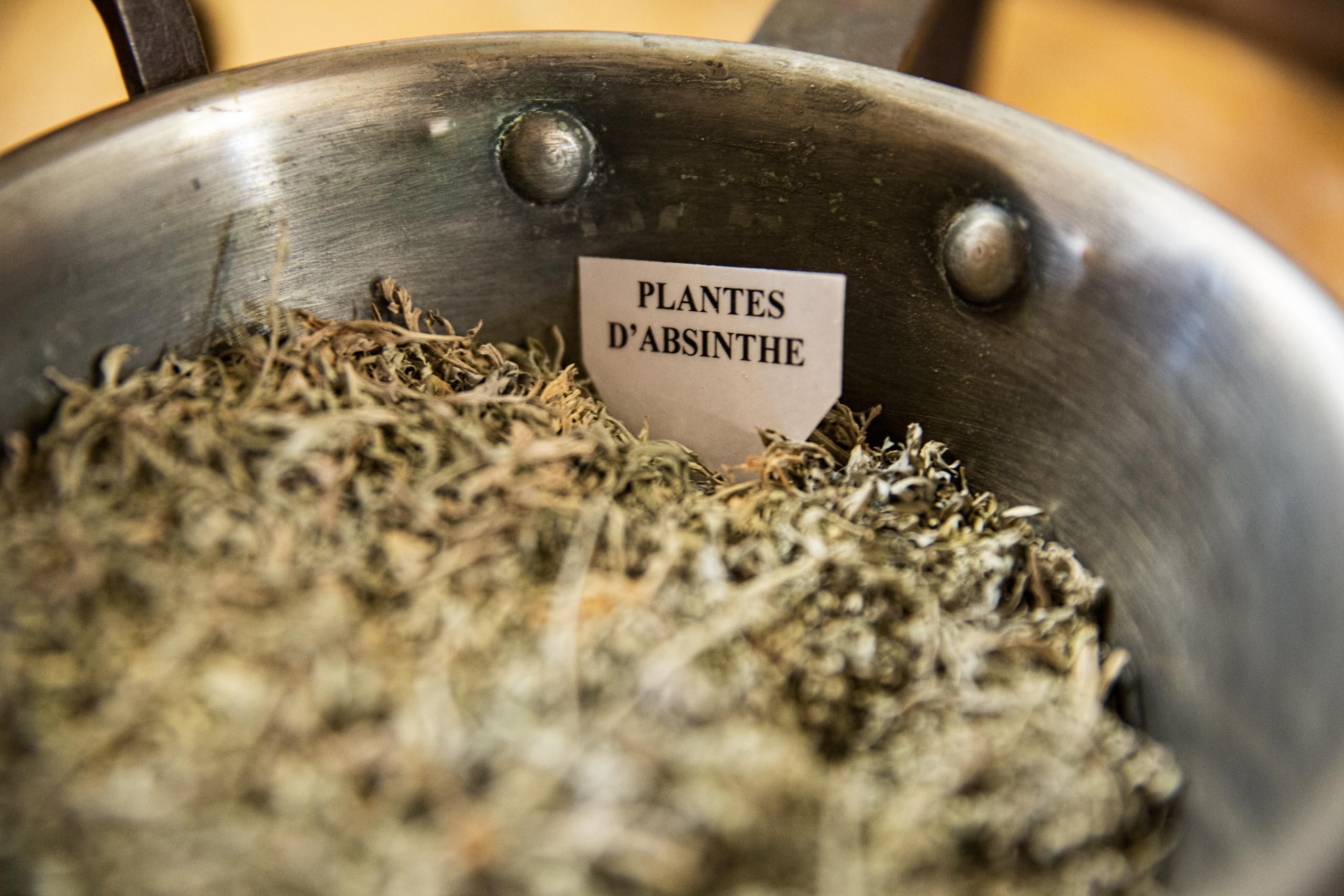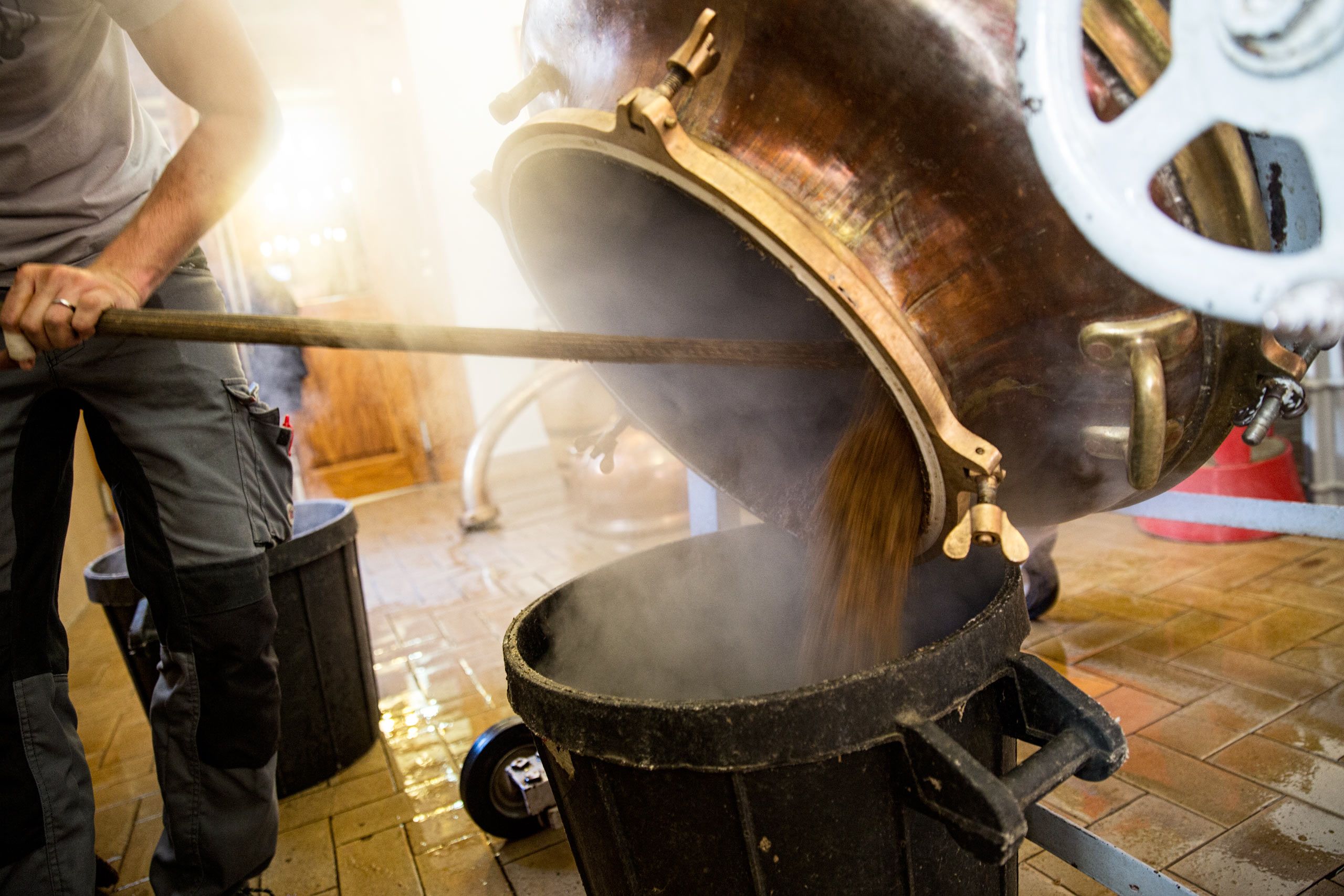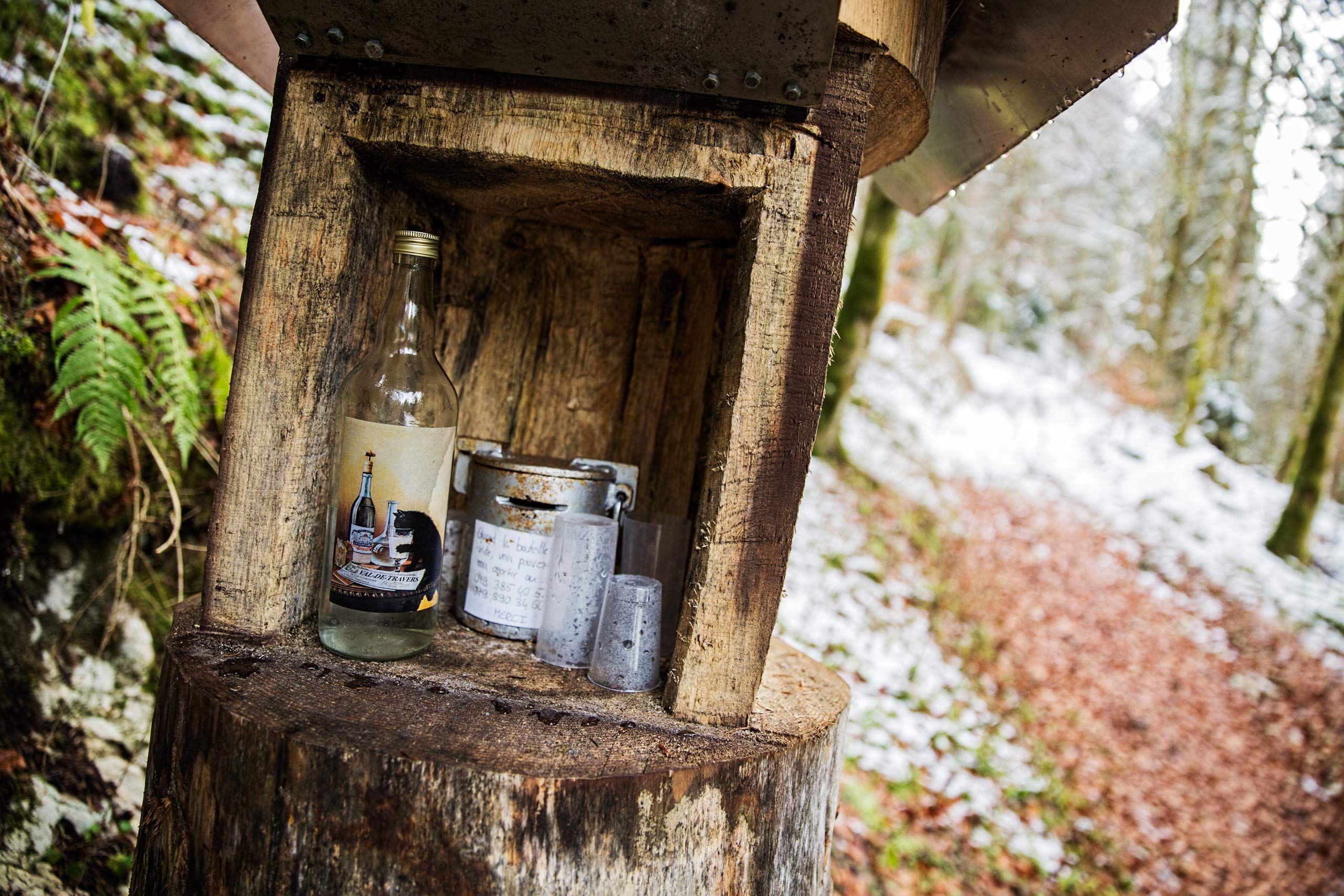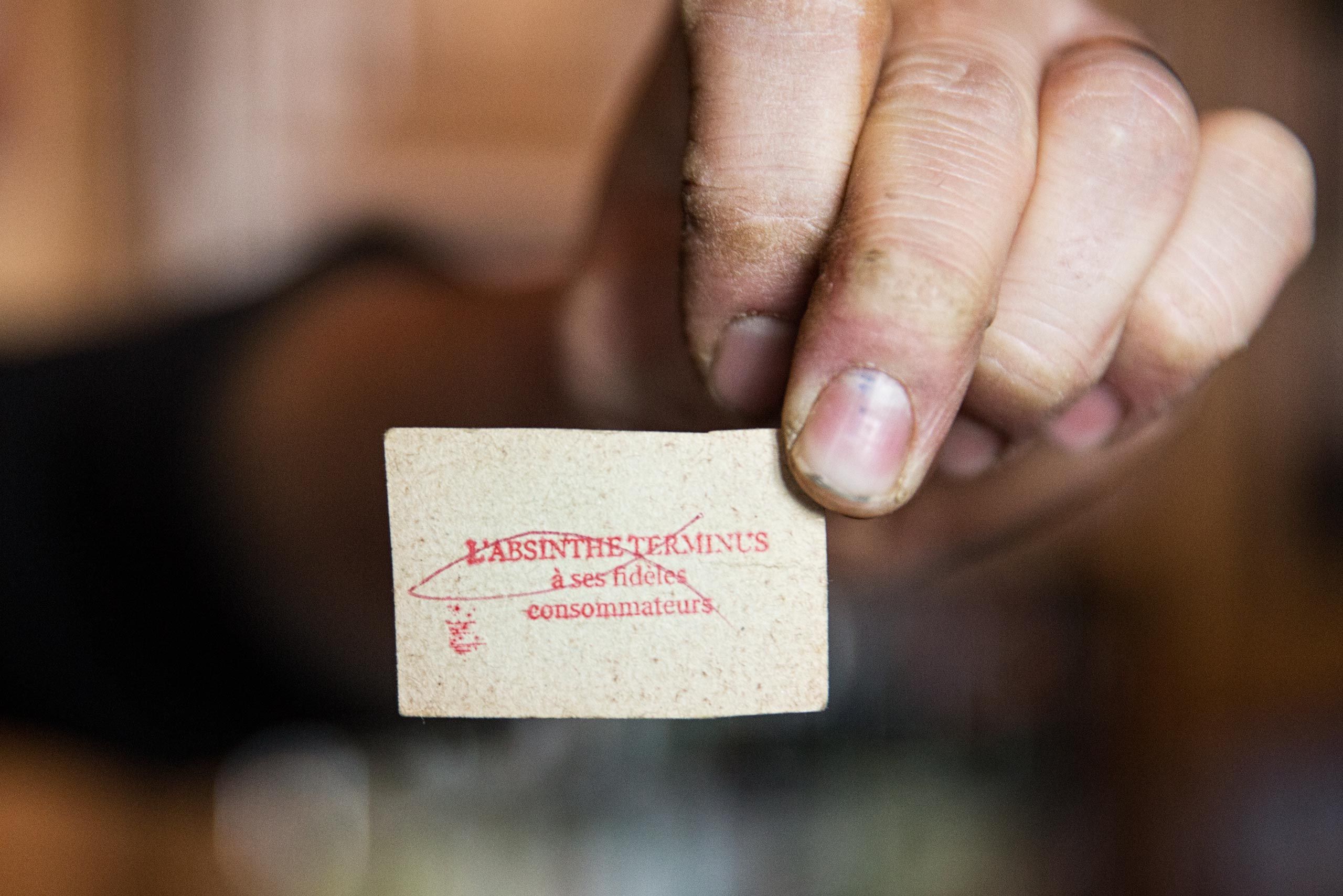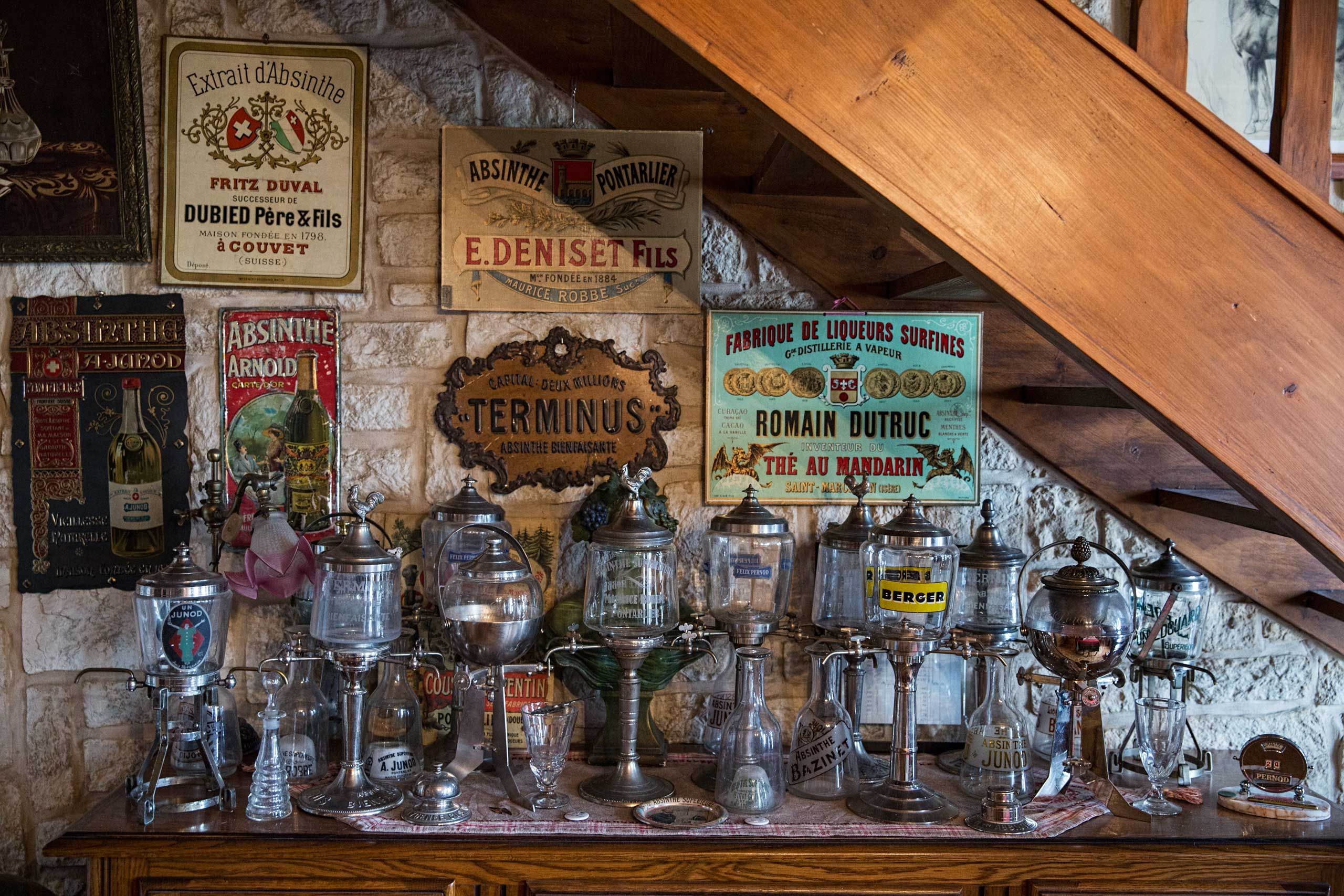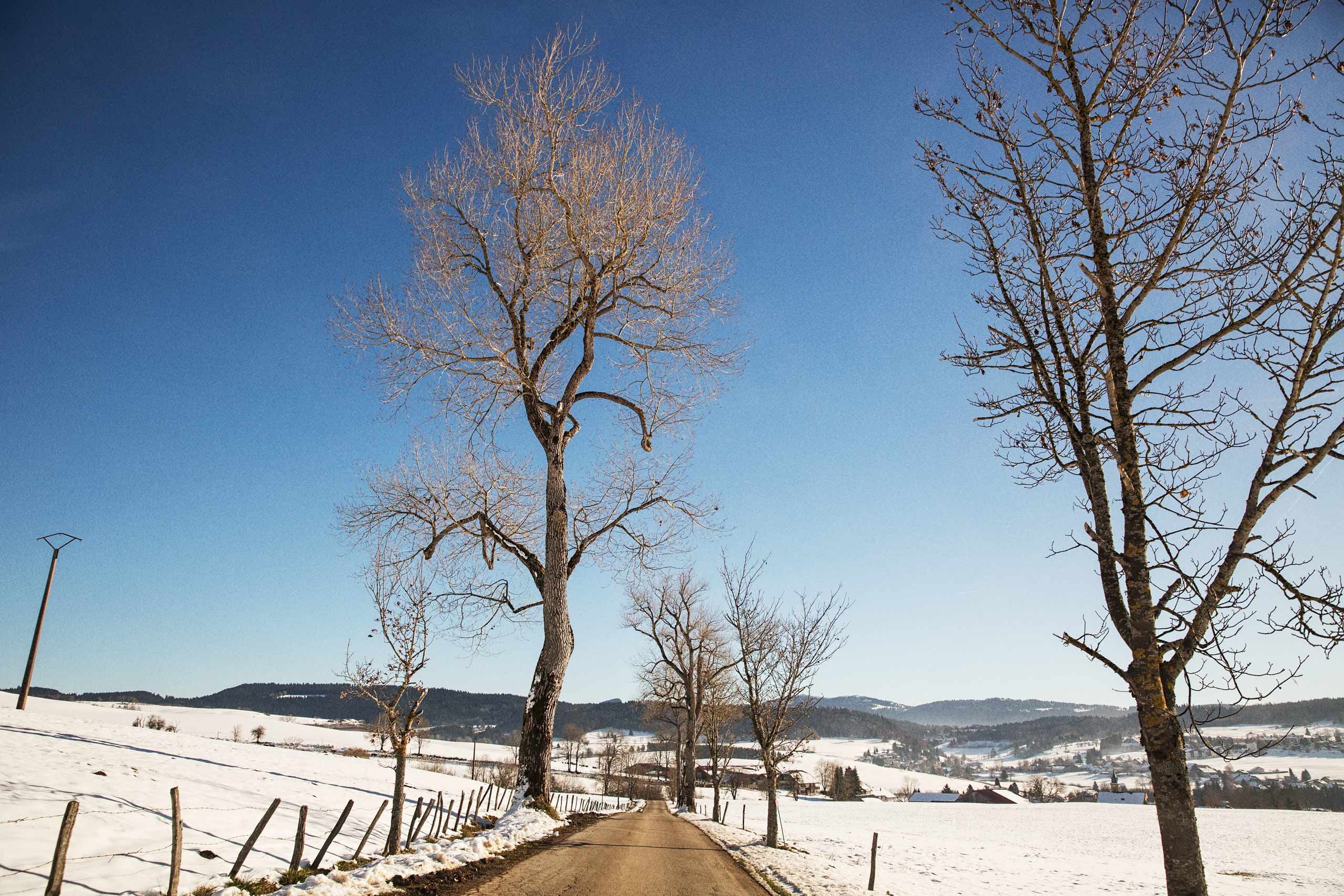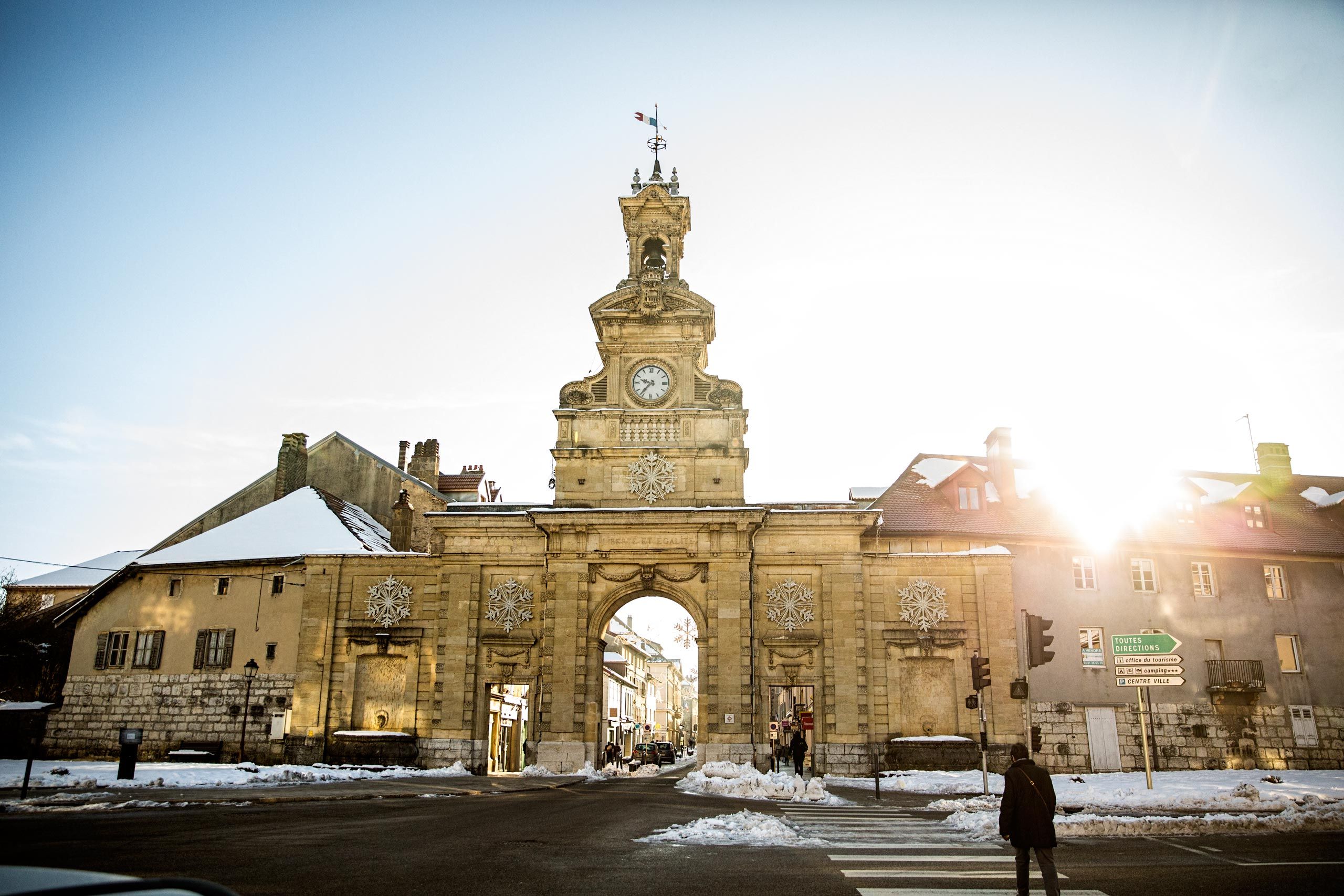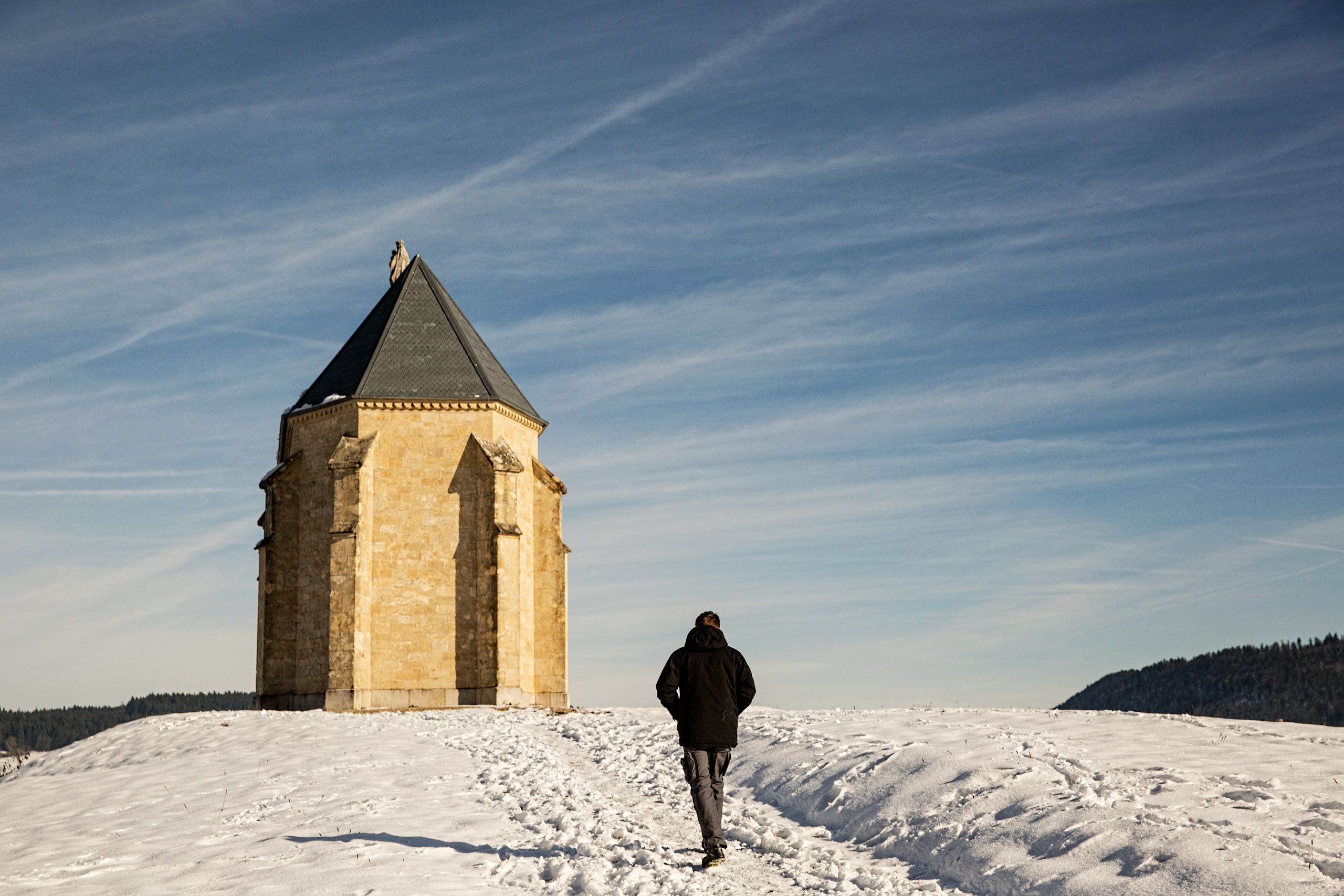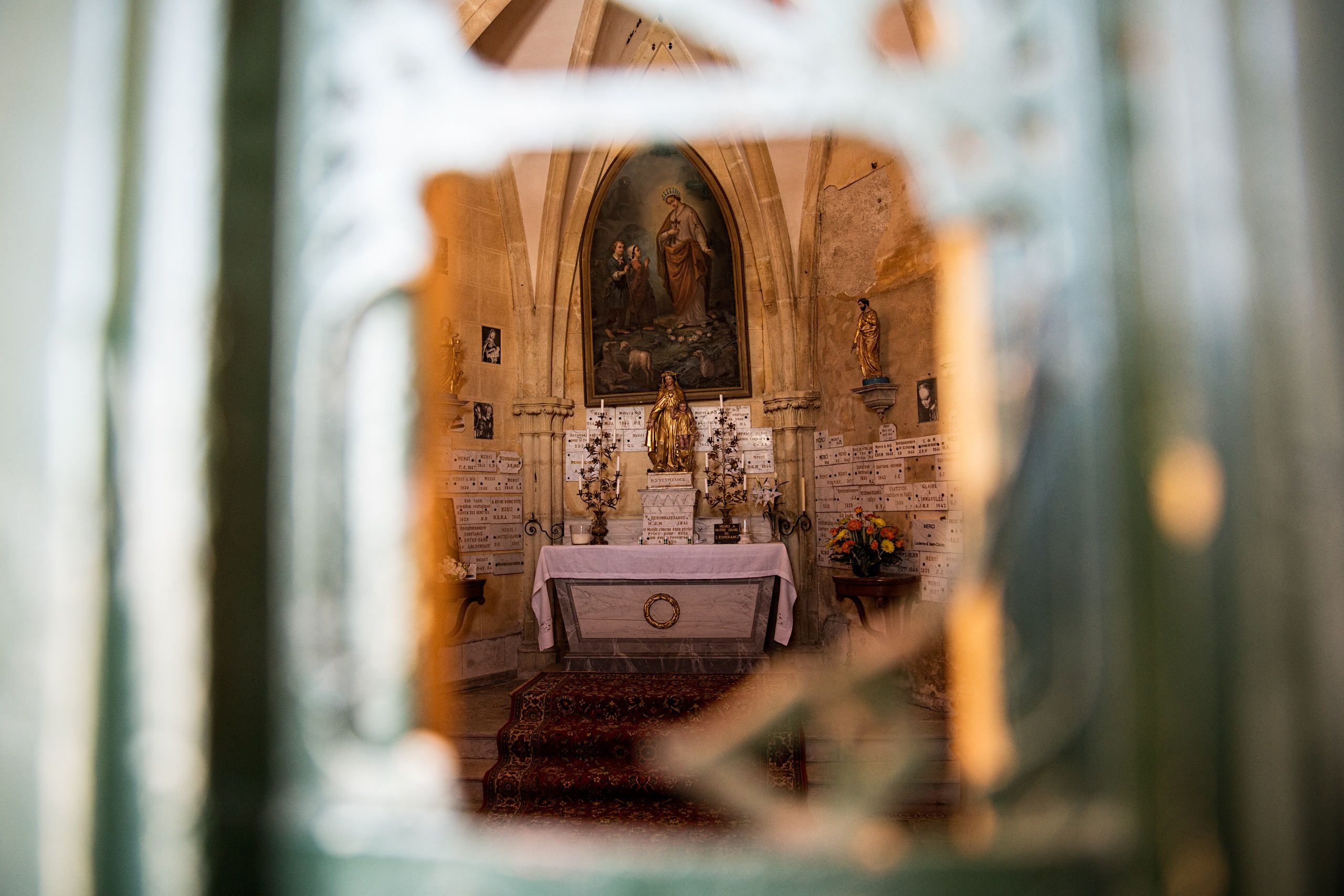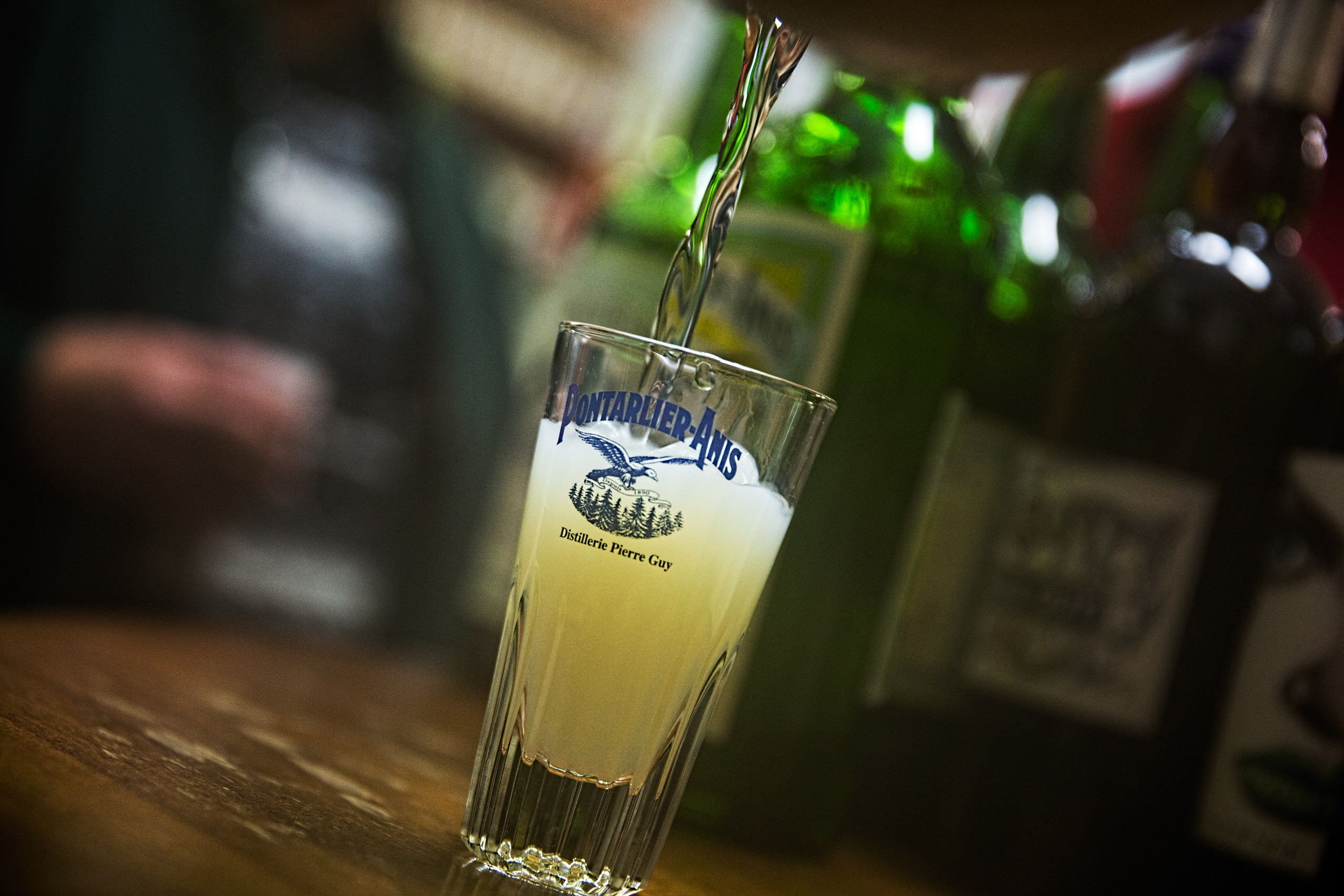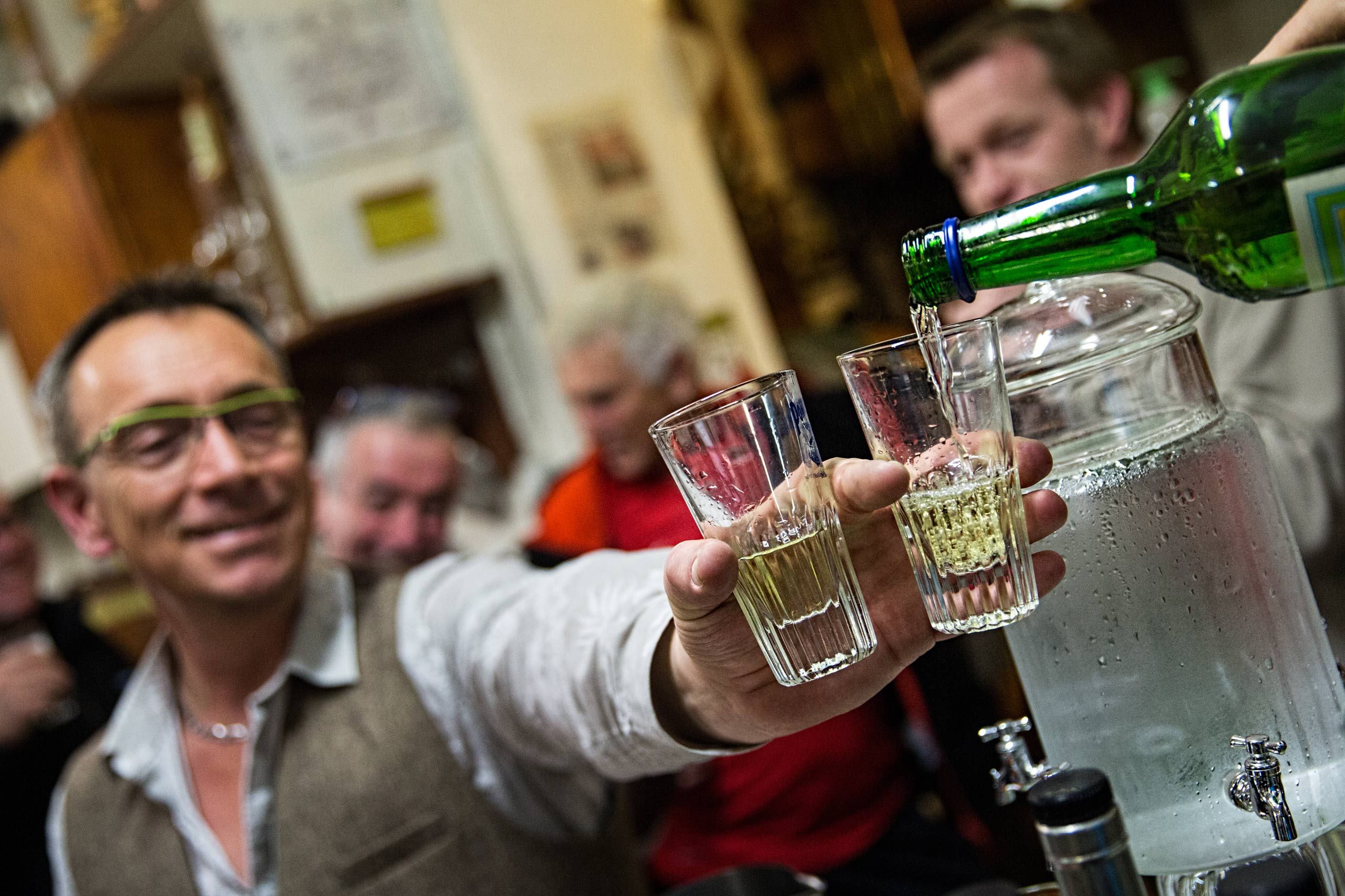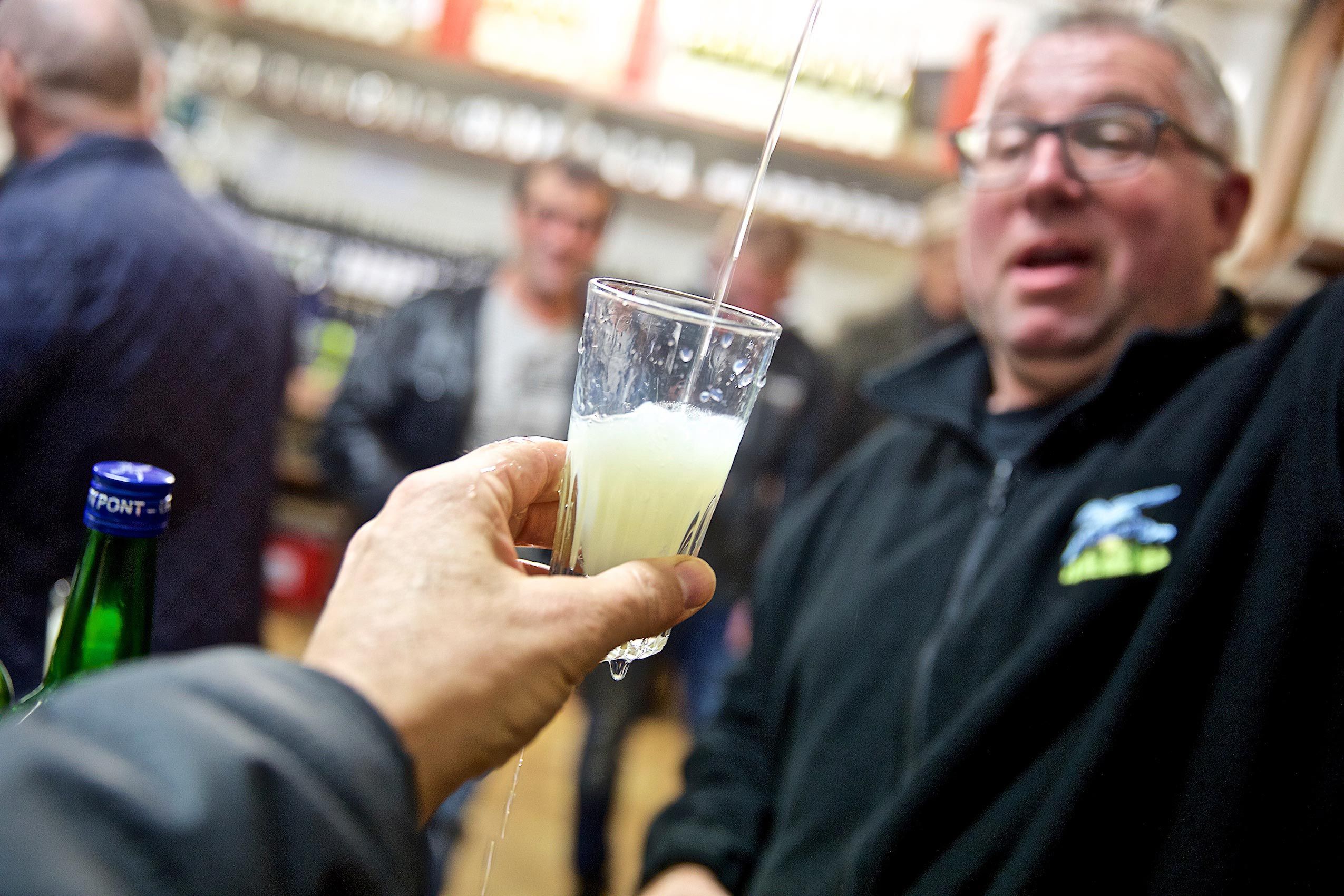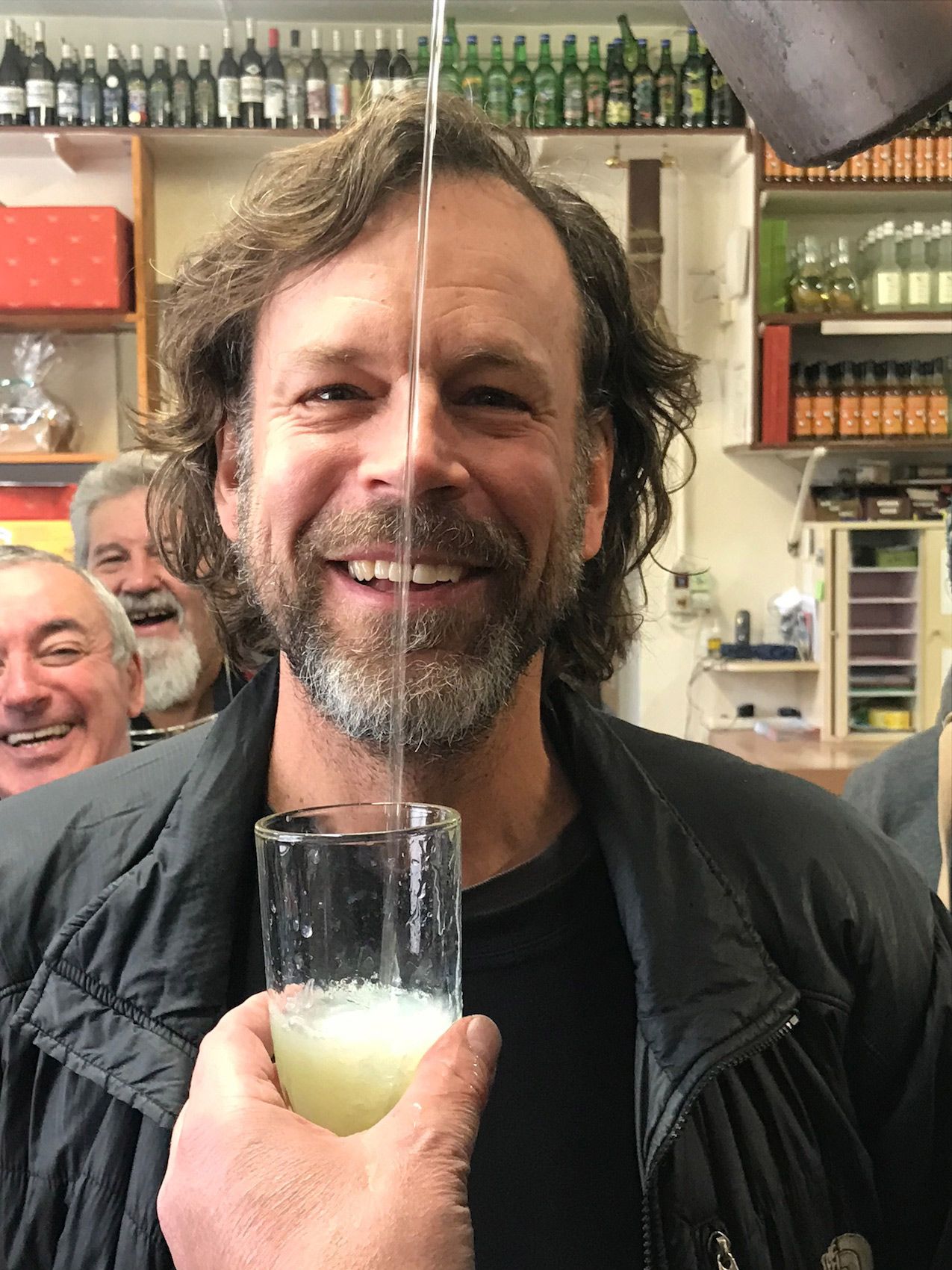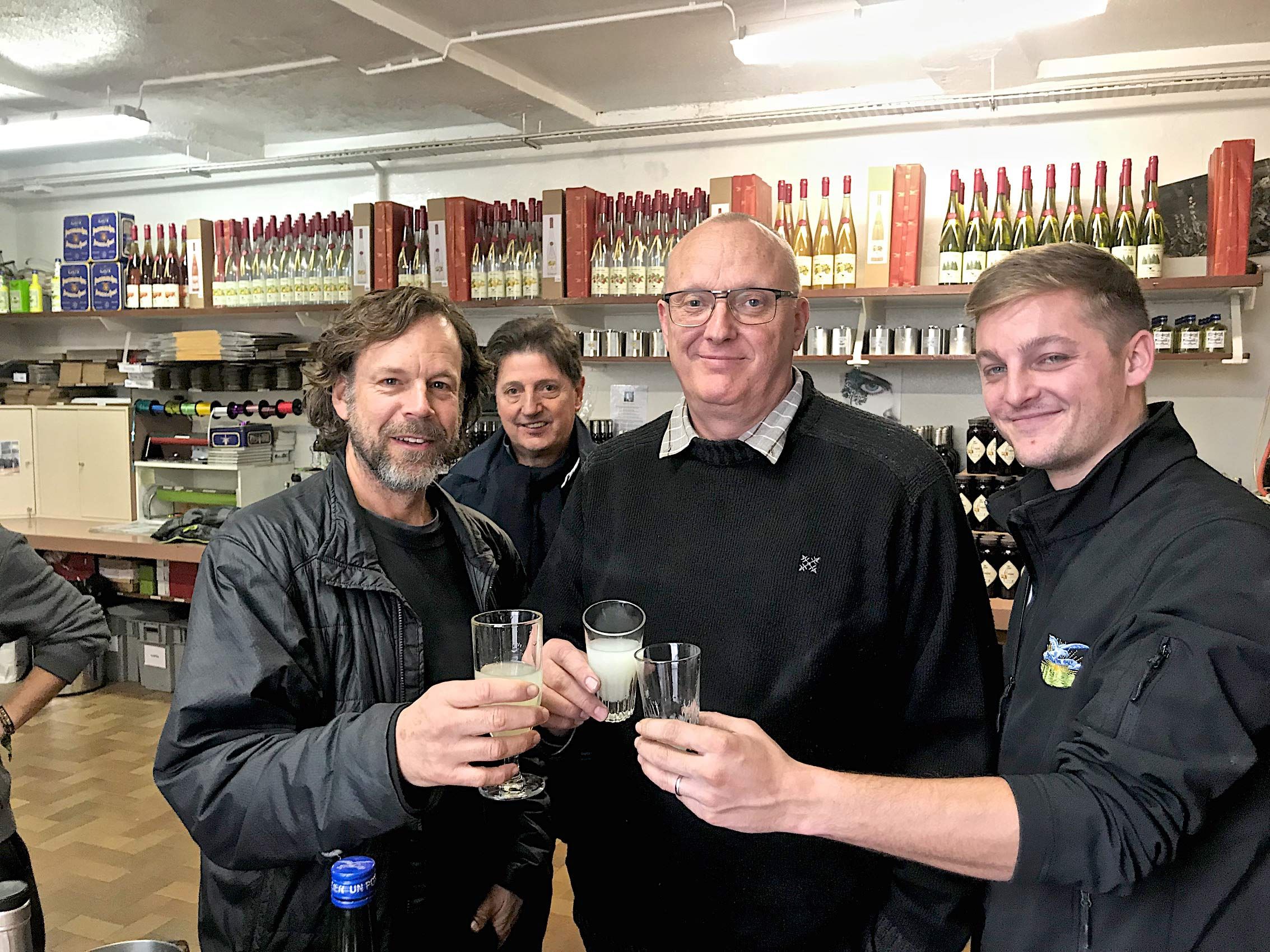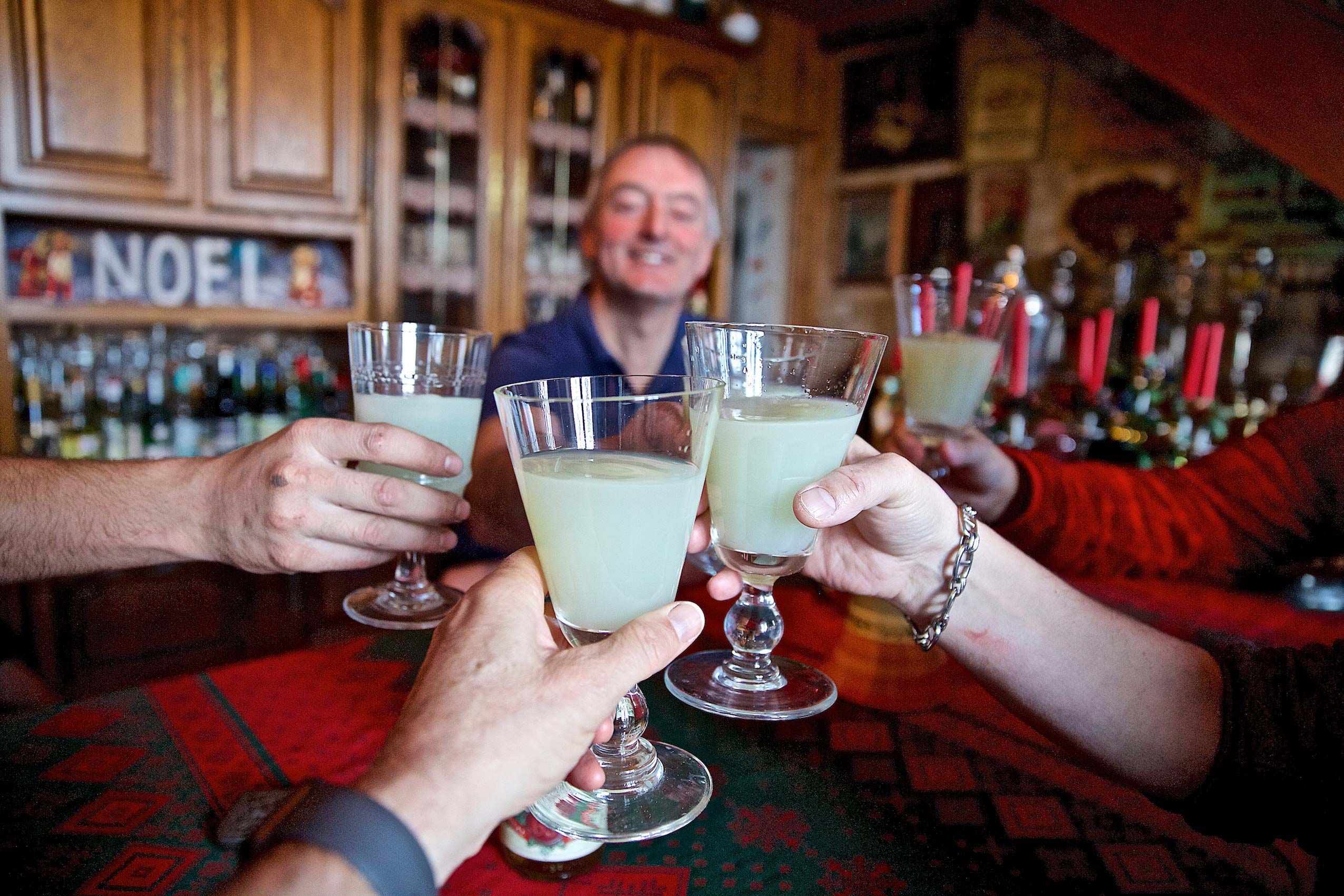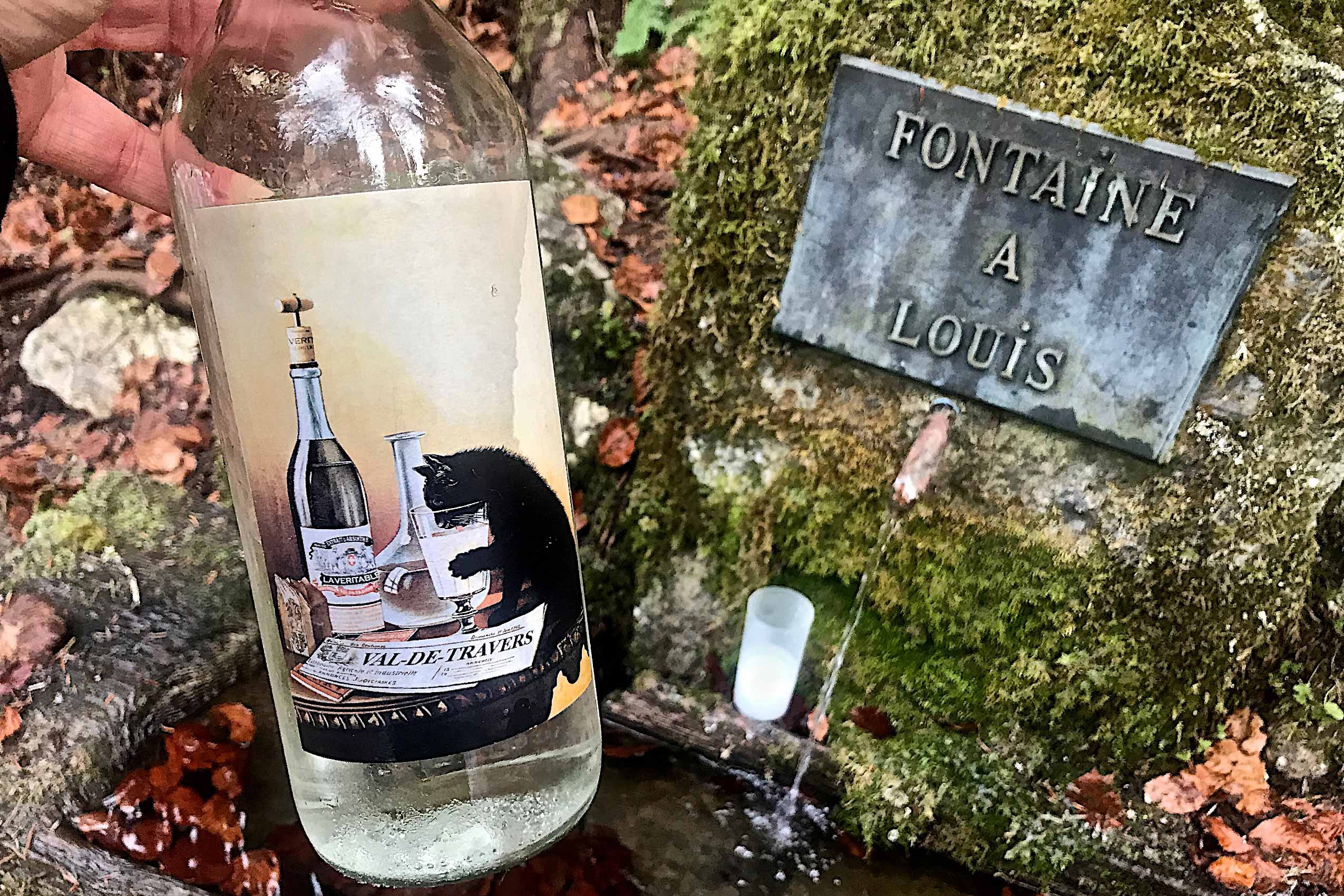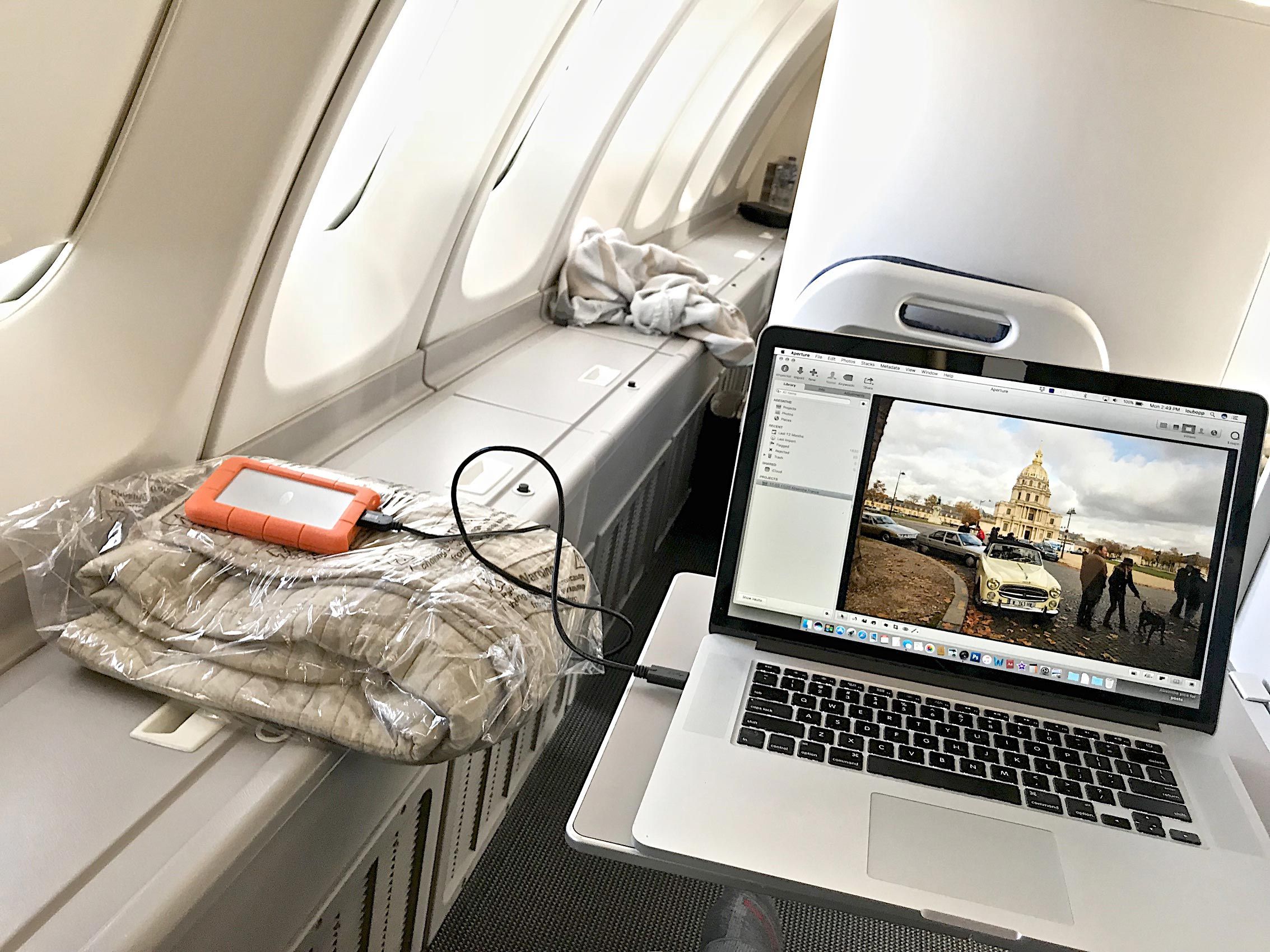The history of absinthe is a long & mysterious one. Hallucinations, craziness, murders, diabolical shit, it was outlawed in the US, as well as in France & Switzerland until the 2000's. The first drink was made for medicinal purposes. In the late 1800's Parisian artists, poets, writers and others with little or no money, loved it! It was cheaper than wine. High society folk loathed it. Absinthe is shrouded in legend, urban myth, foggy details, green fairies, rituals, etcetera. Who wouldn't want to dive deeper into this, right? Well, as it turns out, most people wouldn't.
I have a passion for passion projects; self-assigned shoots on subjects that get me hot & bothered and this was the perfect subject matter ... travel, mystery, food, drink & multiple hurdles. It was also risky, both in terms of time commitments & ROI.
When I started my research I was amazed at how few decent and compelling images & video exist of absinthe plants, distilleries, people and rituals. But this got me psyched ... it allowed me to approach things with very little visual pollution or marketing baggage, right?
But hold on (insert screeching brakes here), that can also be detrimental, especially in terms of scouting, tech prep, planning etc. Human nature, being as it is, naturally I had my own pre-conceived notions. A steampunk vision & vibe came to mind, old “gator” skinned men in small French village dungeons hunched over crudely distilling their family’s ancient absinthe recipes. I couldn't get that vision out of my head...even after I saw numerous distilleries online with none even remotely resembling the notion.
After some due diligence, online research, book reading, hitting a few bespoke cocktail bars that served absinthe in every city that I visited last year, and securing a few contacts, I traveled to the French Swiss border village of Pontarlier, setting up residence at Distillerie Armand Guy.
Pierre Guy was my contact, great fella, late 20's, more GQ than steampunk. Pierre is the 6th generation to work at his family's distillery, how cool is that! And although their copper stills & absinthe recipes have been in the family from the get-go, not many of my other pre-conceived visions came to fruition. But it worked out, at least in my humble opinion. Their operation & staff were amazing and there was texture & authenticity around every corner. Between the outdoor environment, the actual bushy absinthe plant, the distills, the crisp cold air & the winter light, it proved a rich subject for a commercial photographer such as myself to venture further to the bottom of the glass. I was there for about a week, and out of all of the people that I met, exactly one spoke English, and that was Pierre.
My camera of choice for this trip was the Canon EOS 5D Mark3 and although I traveled light, at least for me, I brought an extra body, some lenses and a handful of Sandisk SC & CF cards. I use the 2 types of cards because the camera can take them both. The camera can be configured so that the cards mirror each other. It's a great backup feature when on location.
I also always had a few Lacie Rugged hard drives with me, mission critical for backups. They're small, BUS powered & durable. At the end of every day I backed up everything to all the drives and then spread the drives out, meaning if I'm going to dinner, at least one drive goes with me, the others are out of sight in the hotel room. If I have an assistant or a producer, they all get one, in order to mitigate risk. Other than that, just brought some batteries & clothes, no strobes, no assistant & light on the grip case.
One of the highlights of the trip (experientially & visually) was learning a new way to drink absinthe. No spoon. No sugar. No fountain. Less ritual & spectacle. At least in Pontarlier, one of the homes of absinthe. The key is the pour. First you have your tall glass that blooms near the top, with a stem, next you pour your absinthe, and then you pour clean, ice-cold water from a pitcher.
Now here's the most important part-> you pour the water from high above the glass in order to create oxygen and agitate the two liquids. That allows the botanicals in the absinthe to blossom & bloom and wake up your senses. It can be messy & splashy but oh so good! As soon as the two clear liquids meet they immediately turn a greenish cloudy color. I had it both ways, an agitated pour and a gentle pour, and the taste was vastly different. Oh, and it's immediate, you don't have to wait for the fountain drops to dissolve the sugar cube & fill up the glass.
The interesting part of wormwood, also known as absinthe in France, is that it contains thujone, which is in a lot of plants. It's the psychoactive piece of the puzzle in absinthe that supposedly drives people mad, as legend would have it. It's not true. But laws are laws. France is allowed to sell absinthe with no more than 33% thujone. Absinthe sold in the US can't have any at all. With that in mind, due to the abundance of thujone, Distillerie Armand Guy's absinthe cannot be legally sold in the US, which is a huge bummer. Their absinthe has layers upon layers of complex botanical flavors. They've been using the same recipe for generations and it seems to be working. :)
As an on location commercial photographer I really enjoyed shooting a product that transcends the mystery, history, and misinformation of this legendary libation. It certainly made for some excellent visuals albeit not true to my own pre-conceptions, but rich and beautiful nonetheless. Alas, I did consume a lot of absinthe (thank you Pierre!) but I don't think that I'm that much crazier than I was before this project, it's all relative I suppose!

